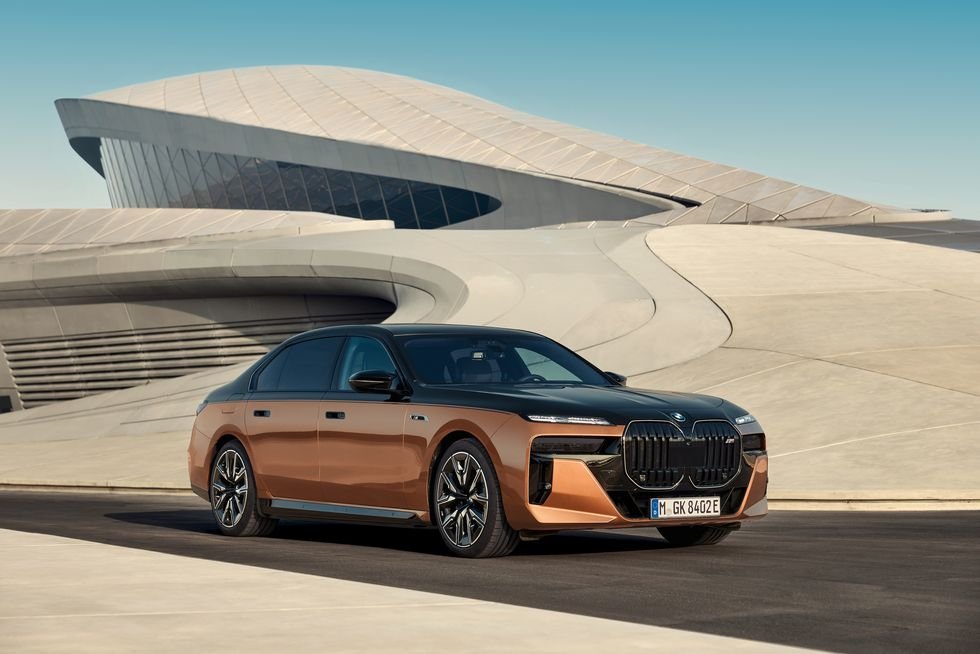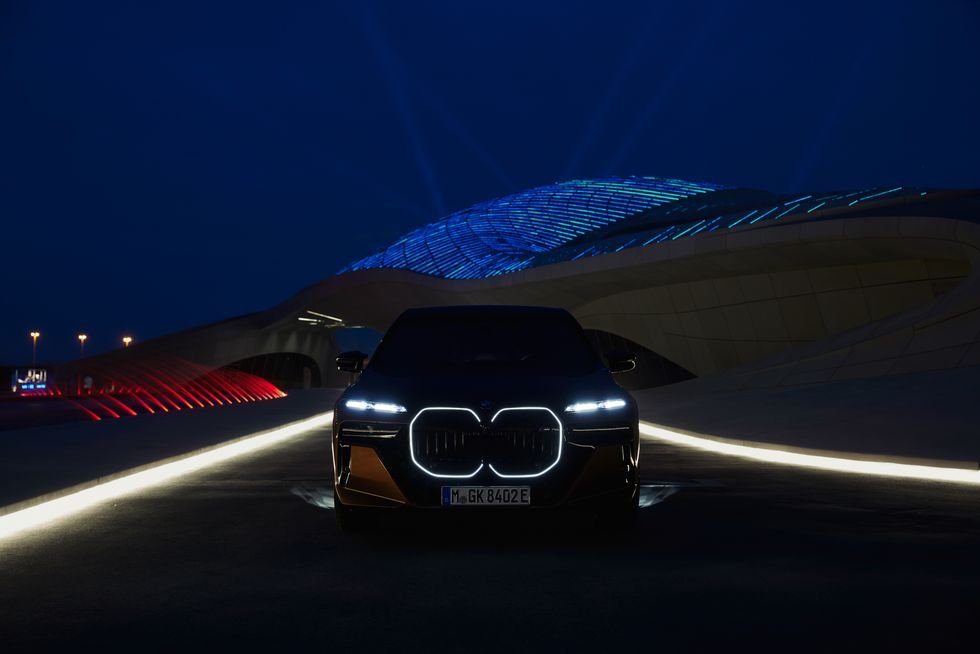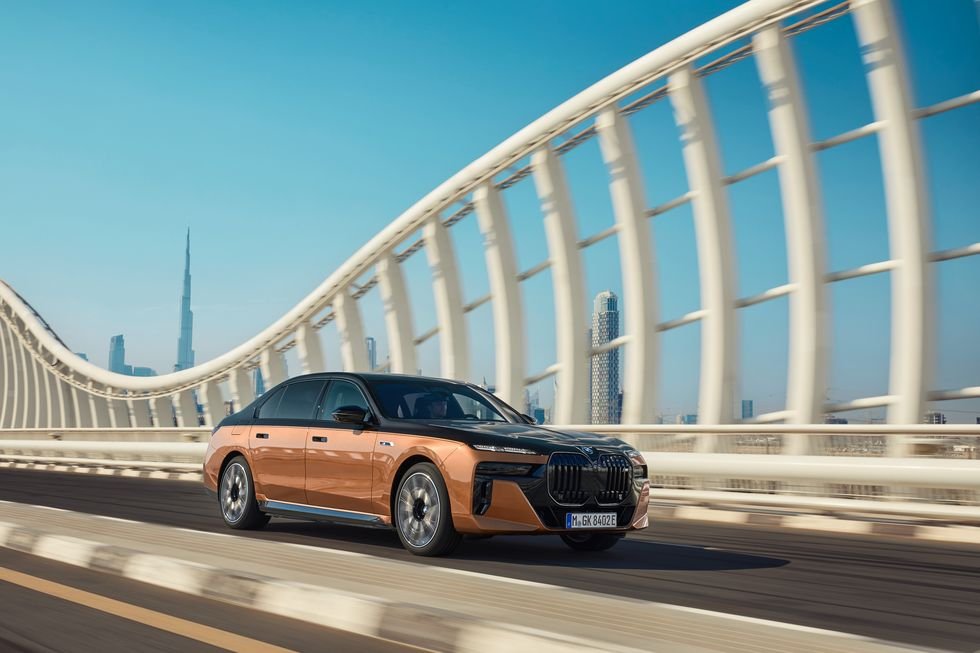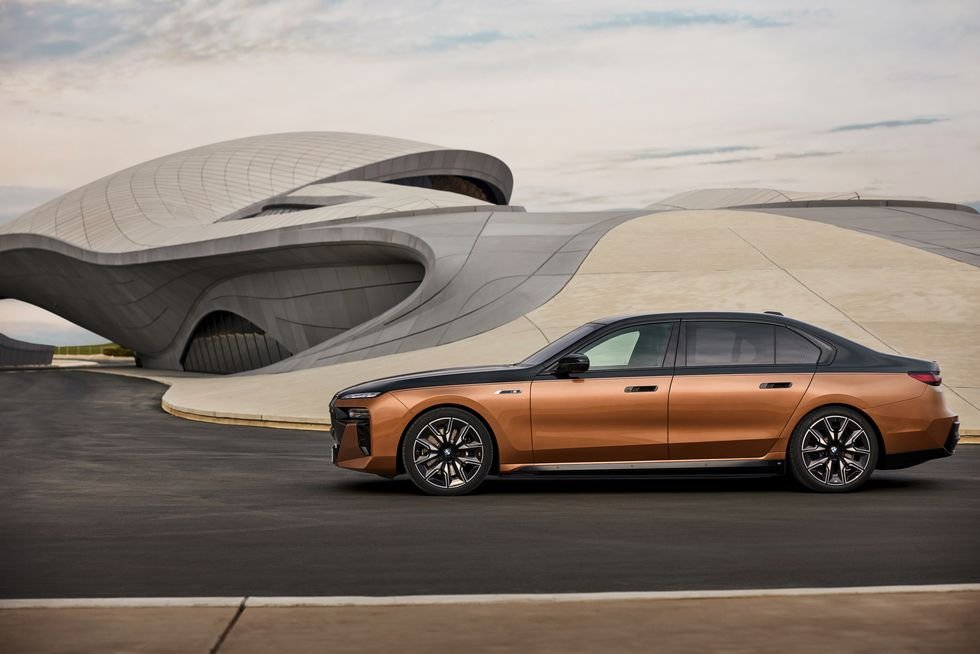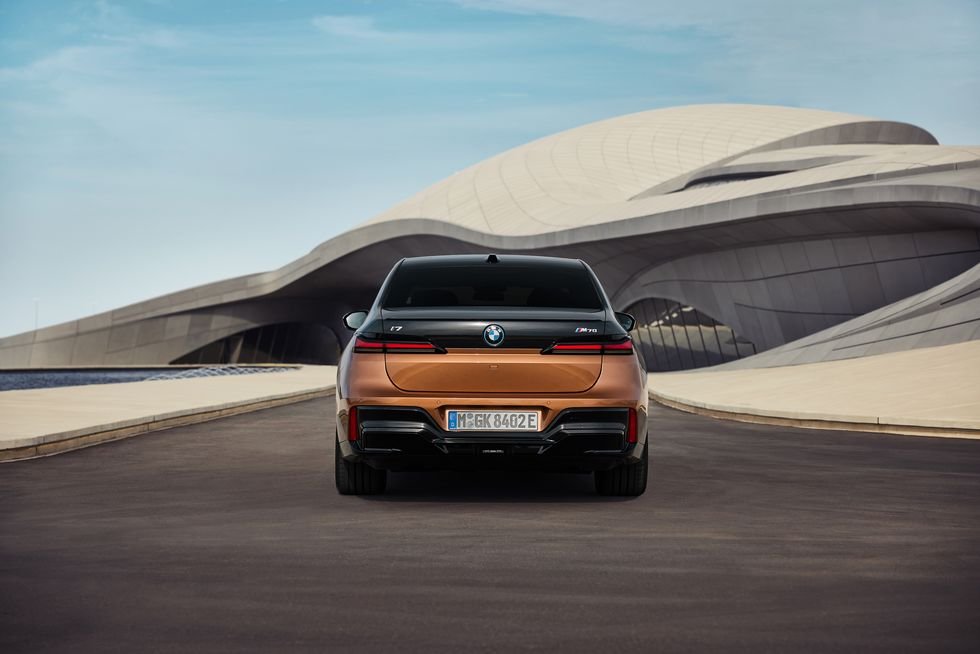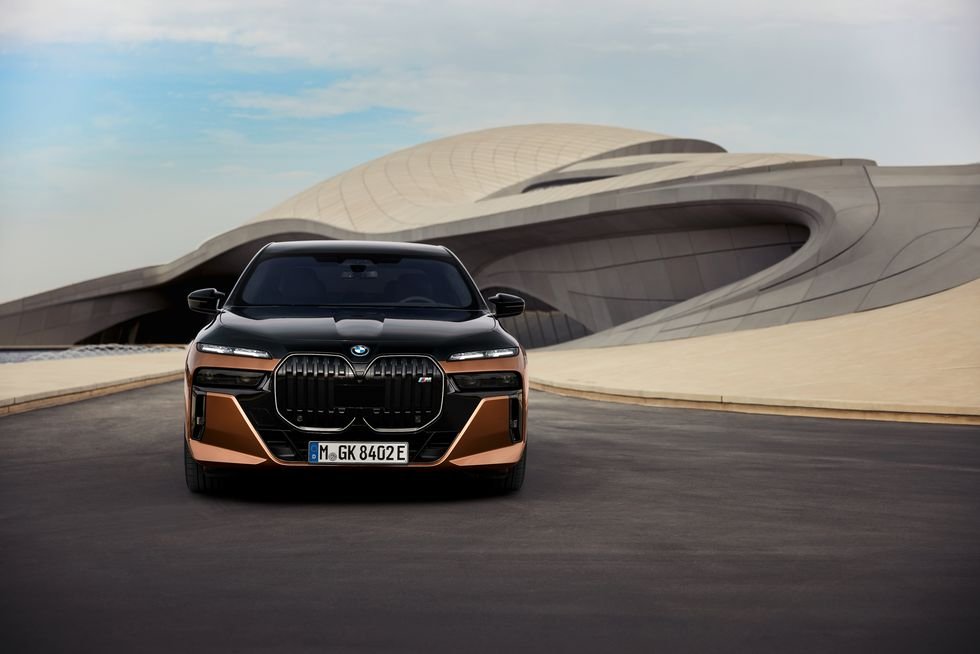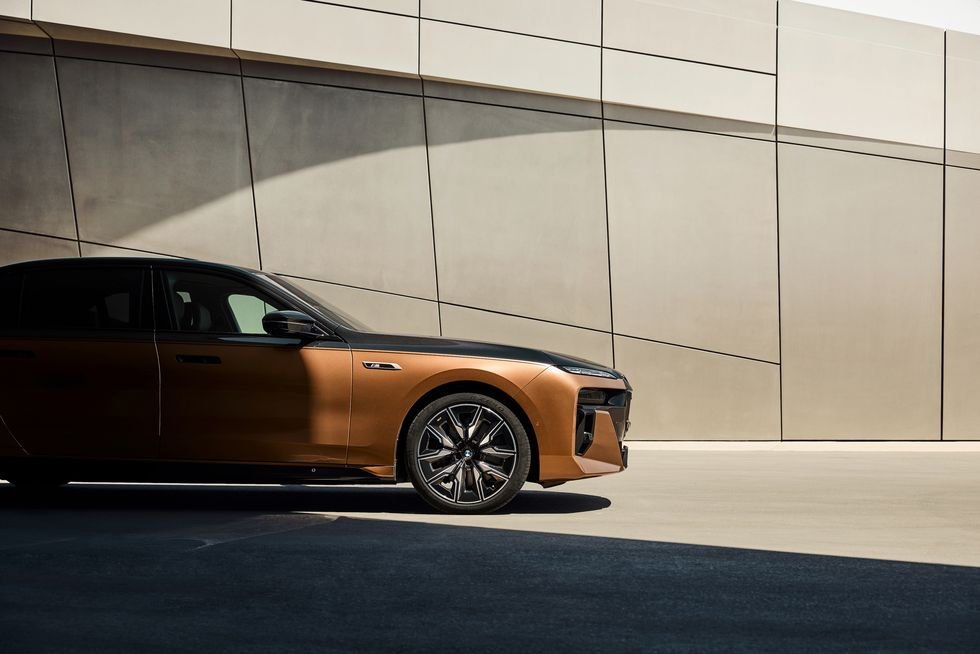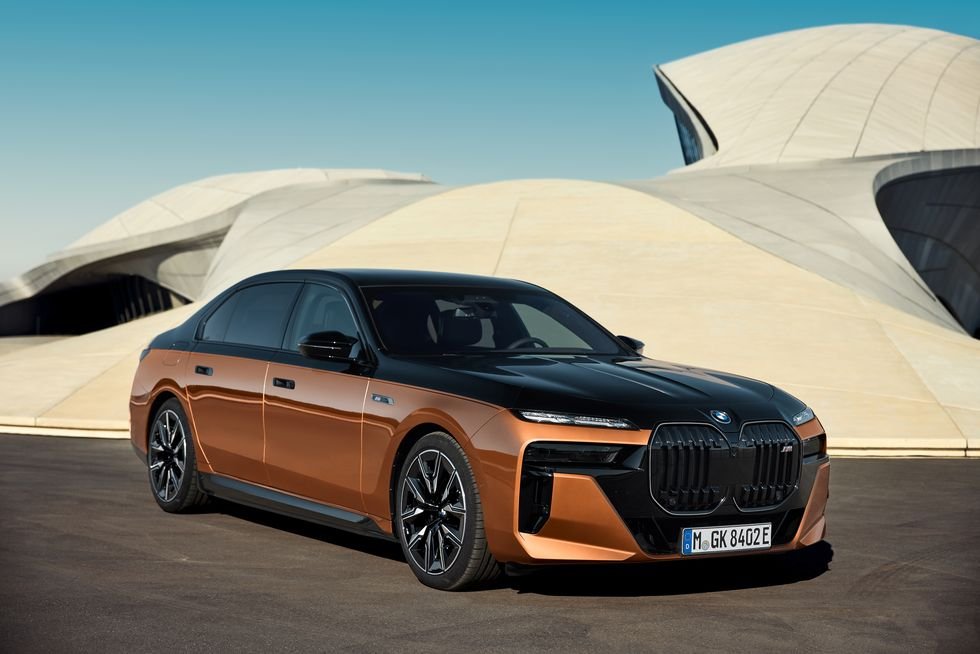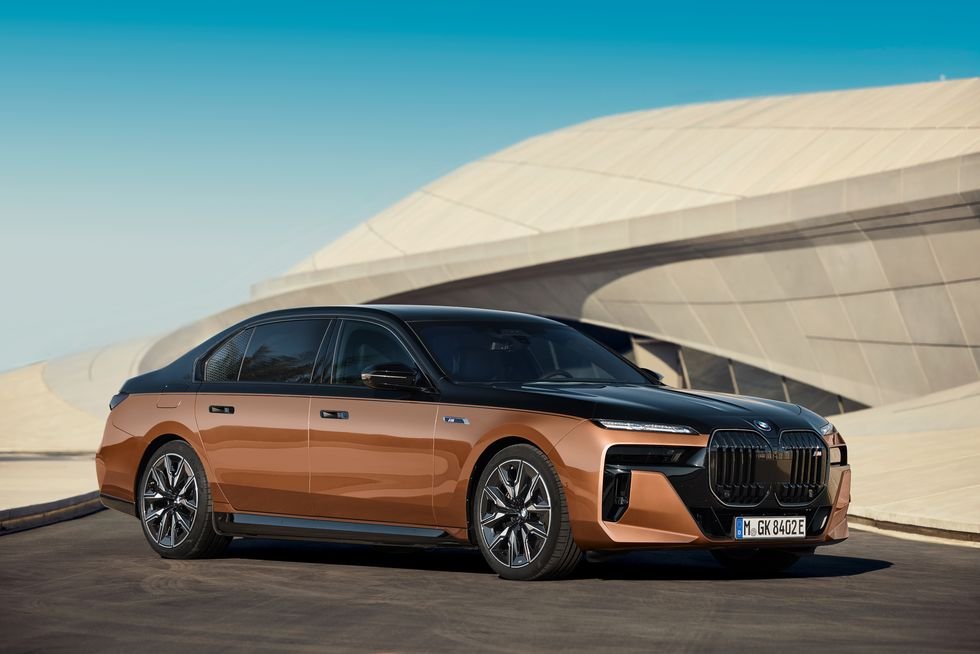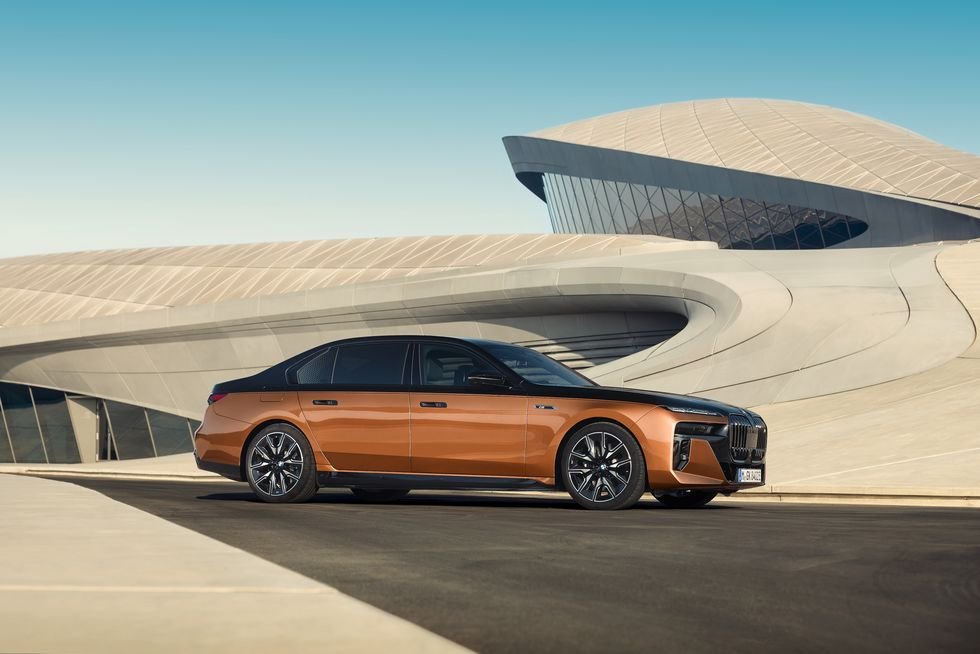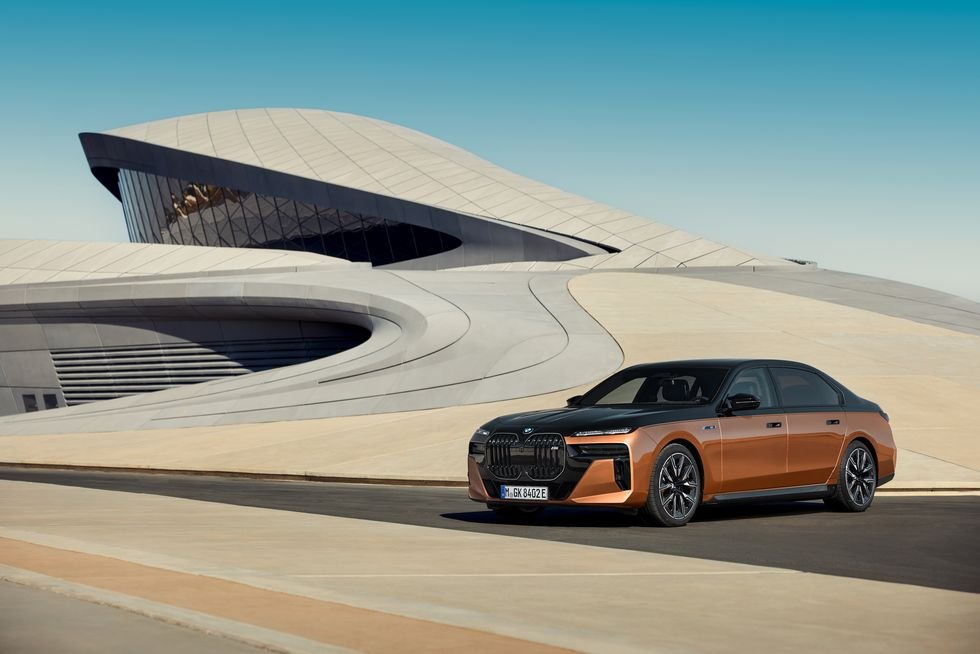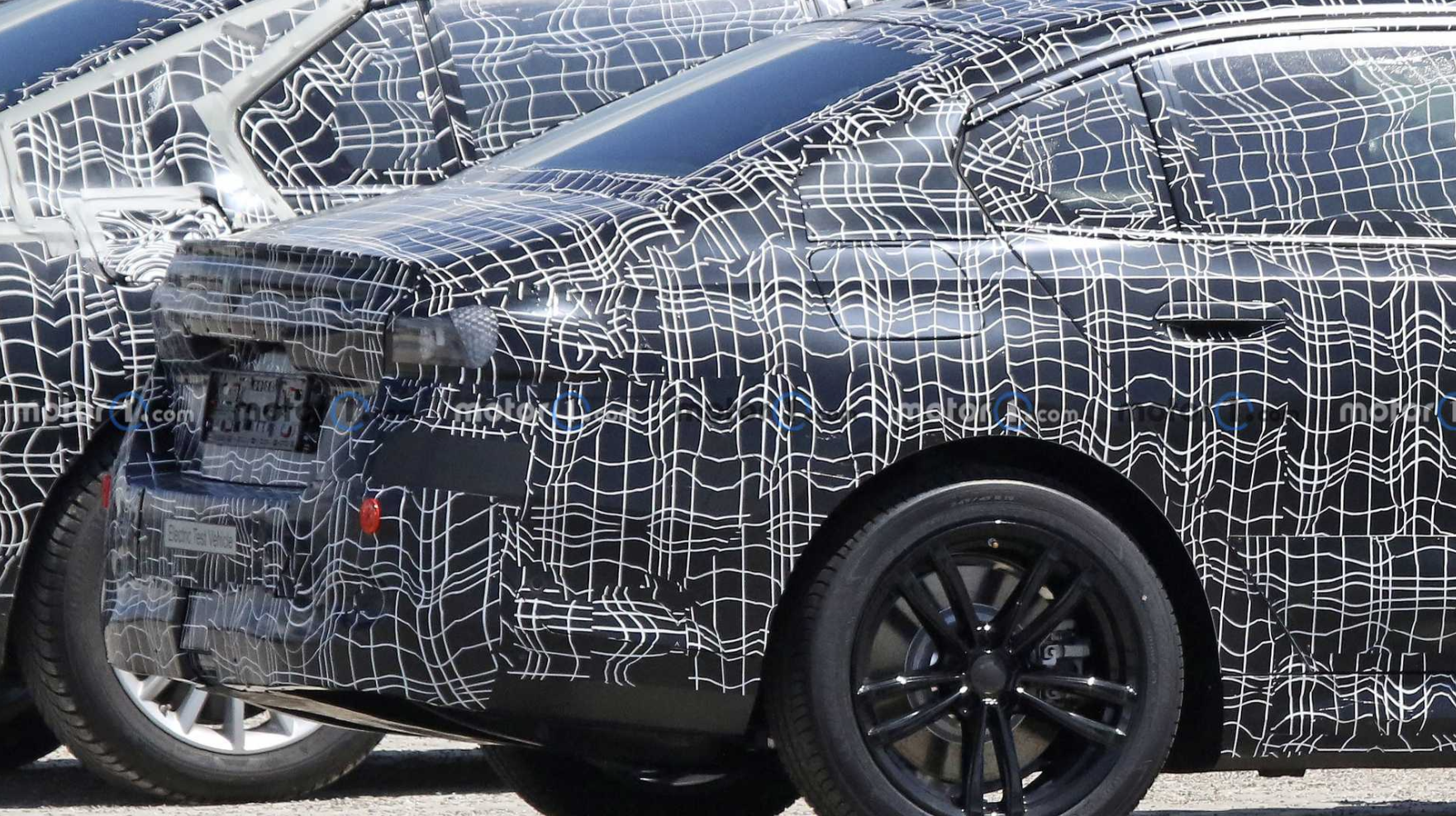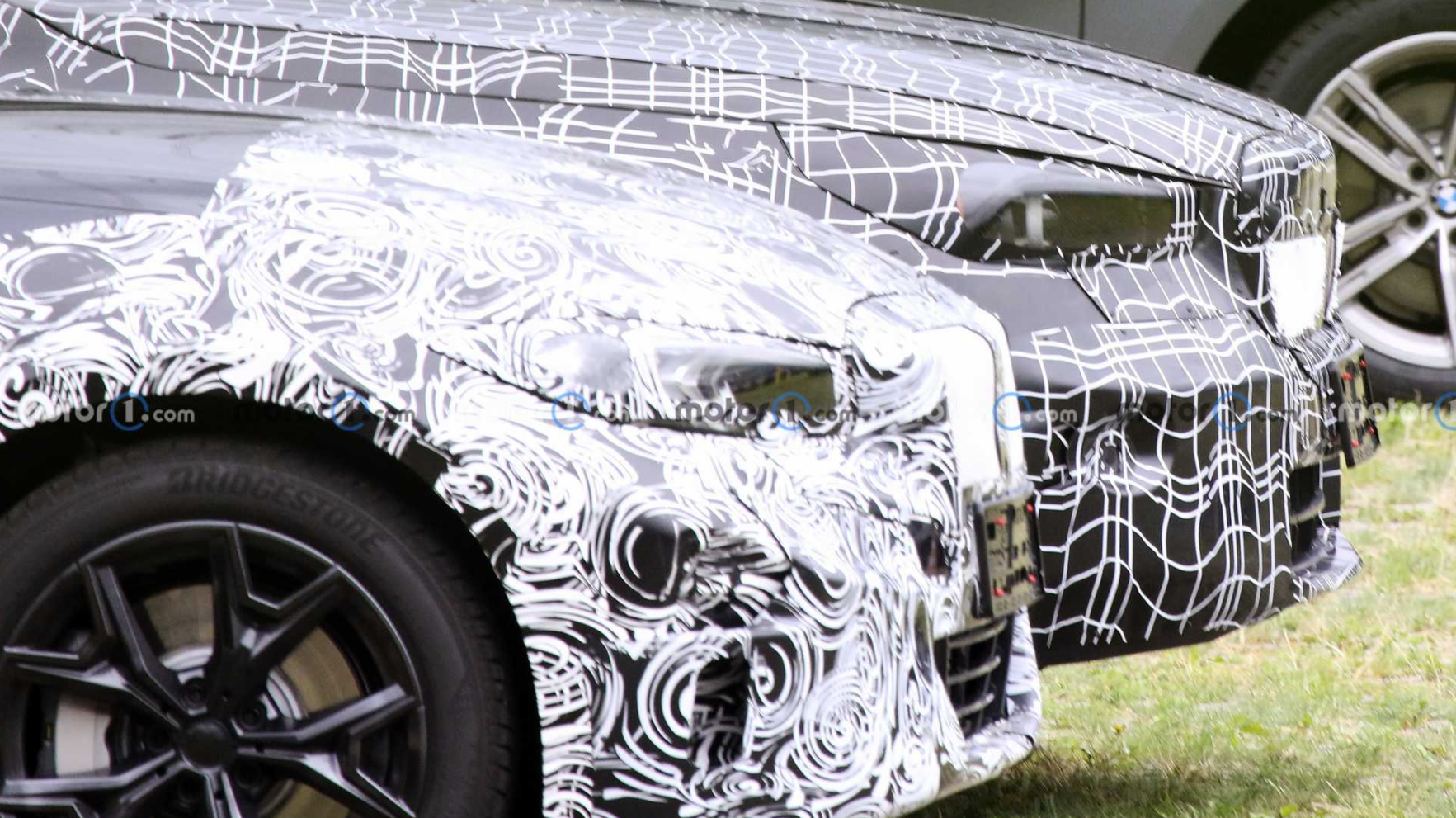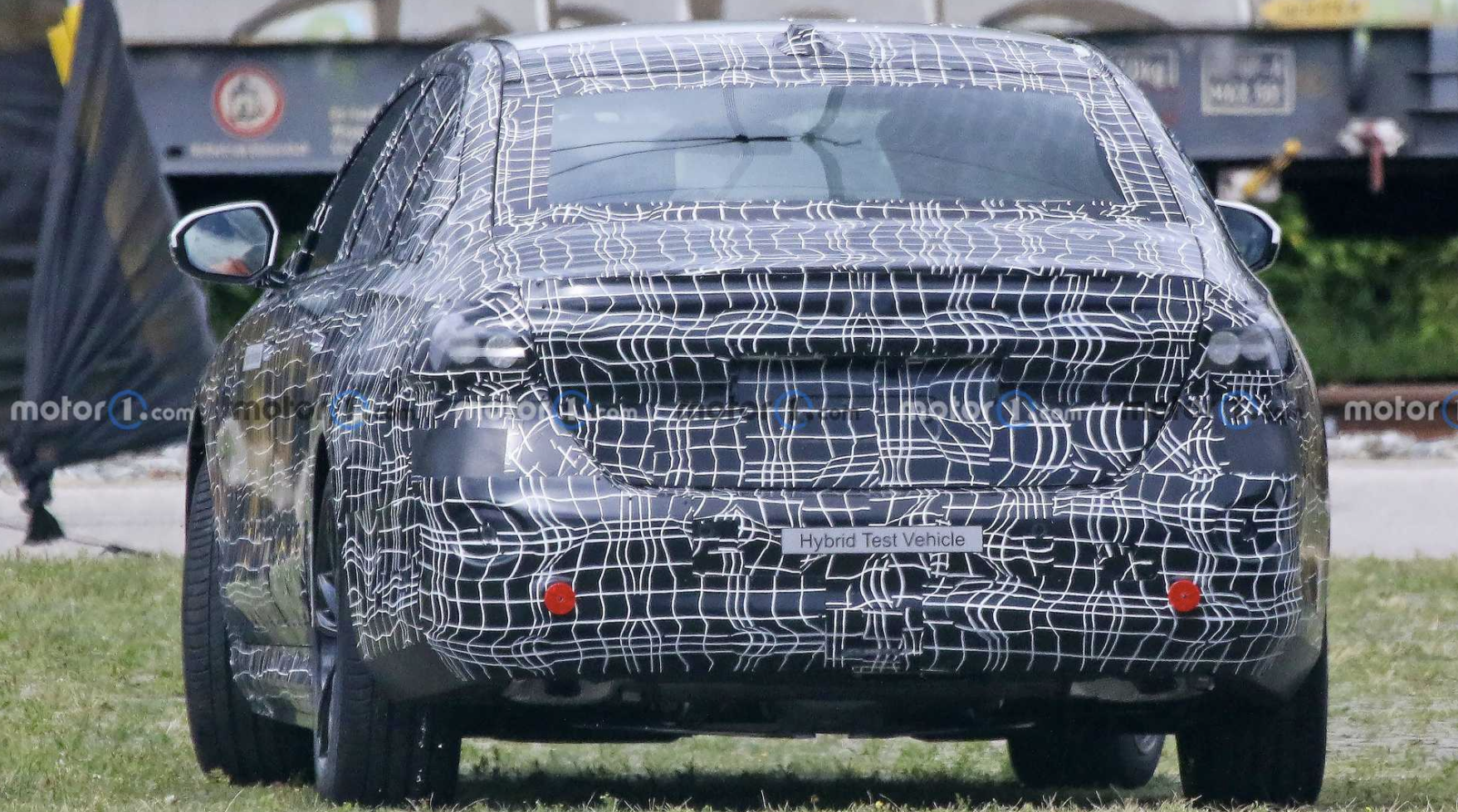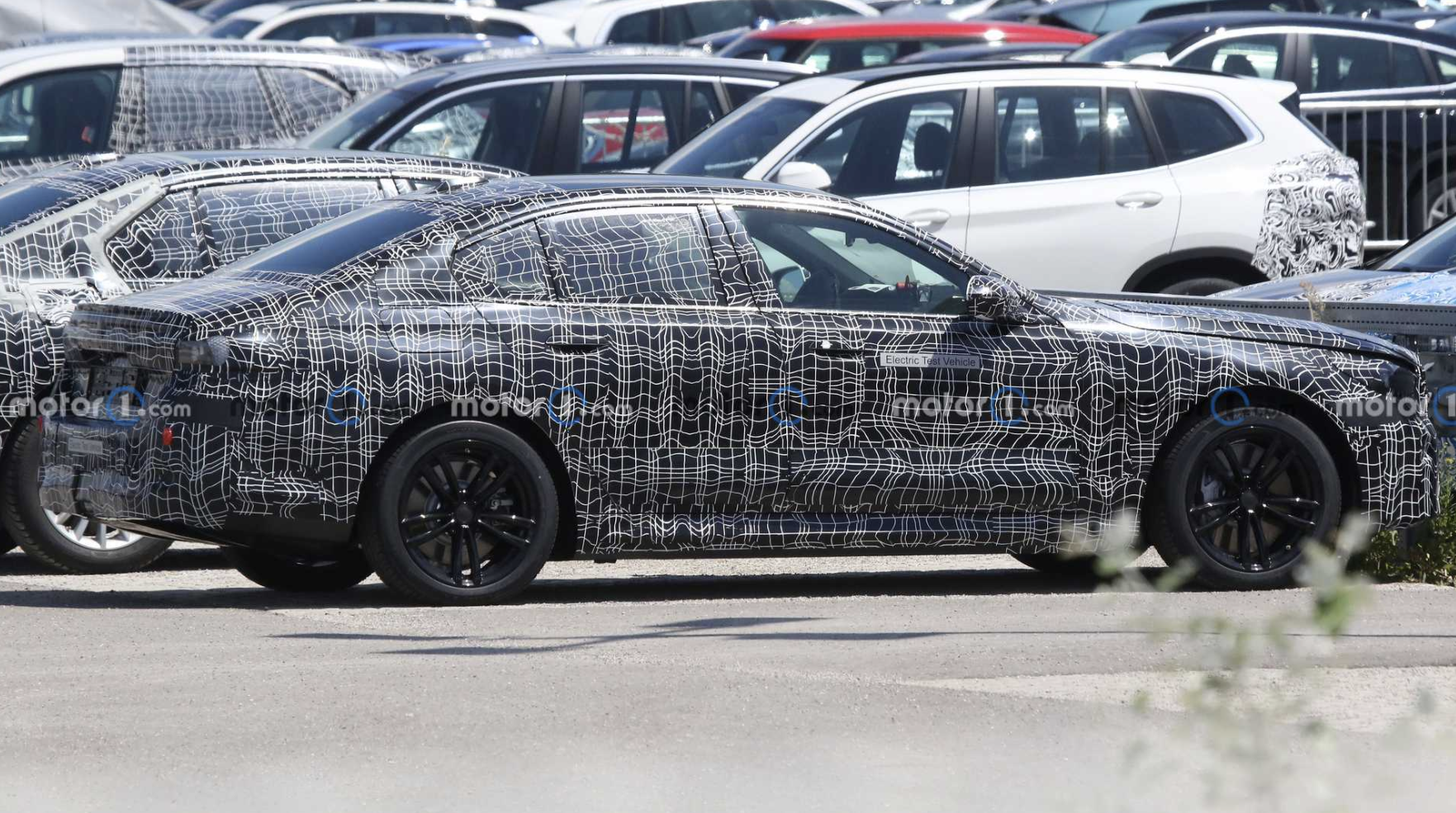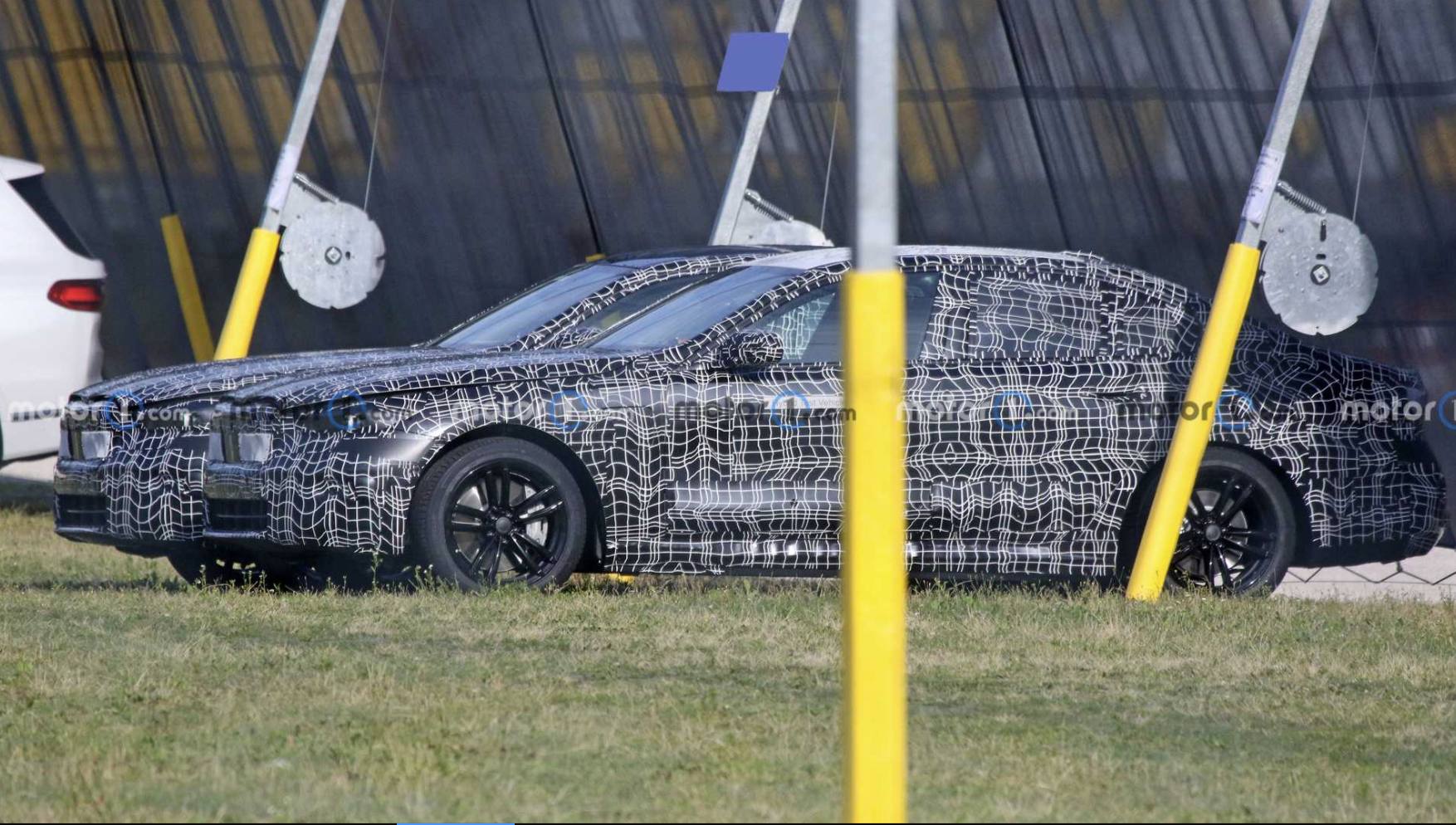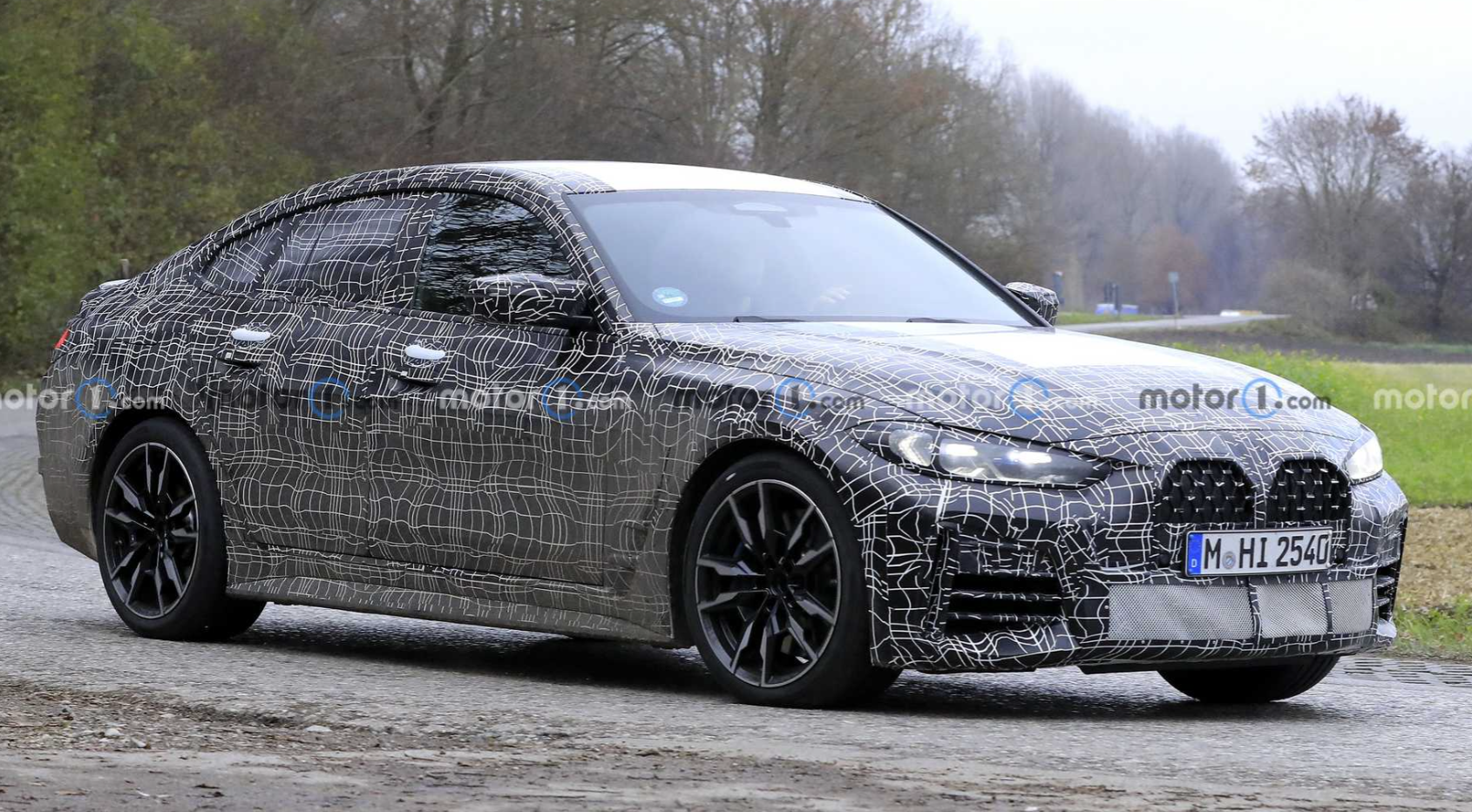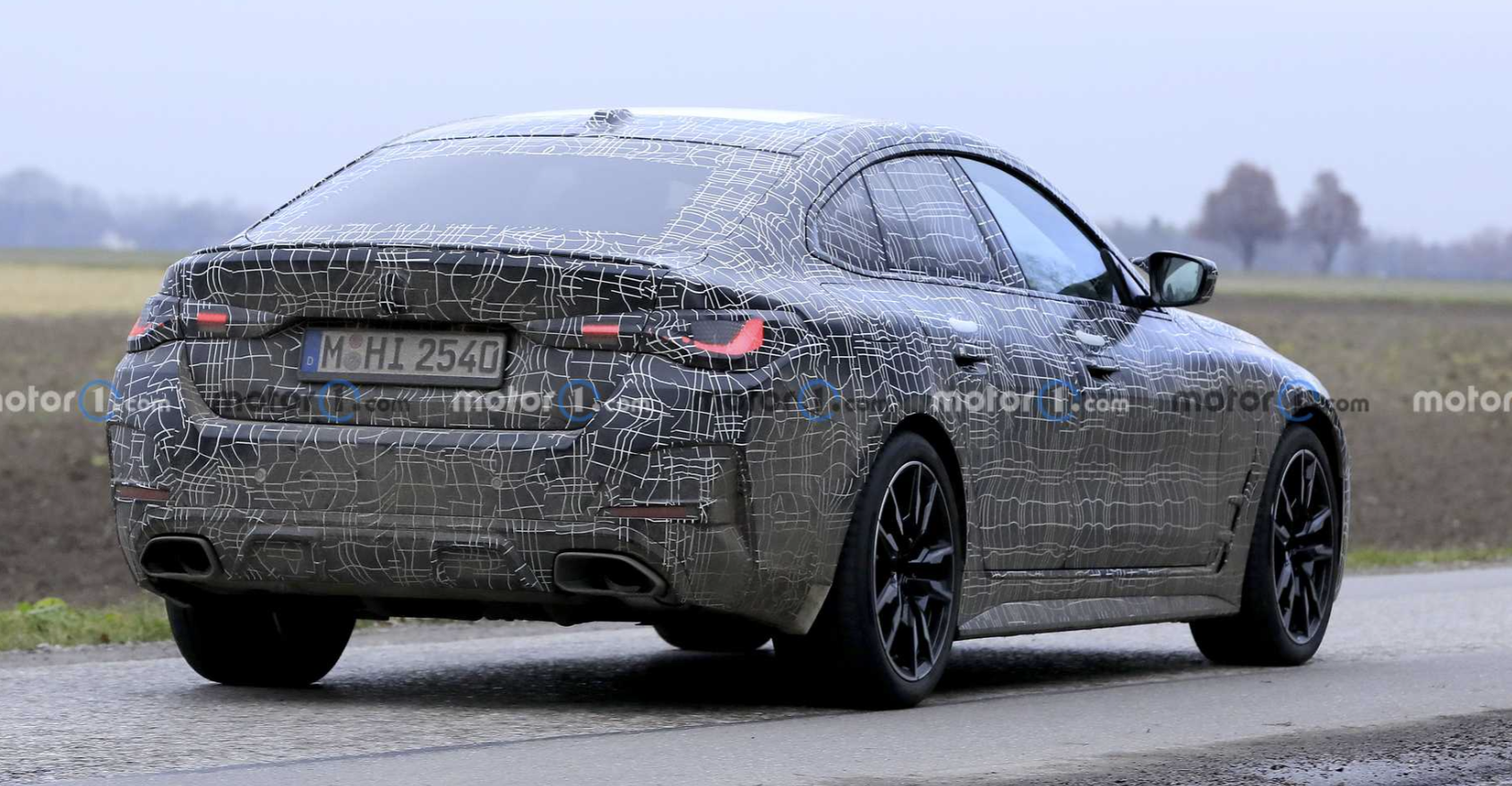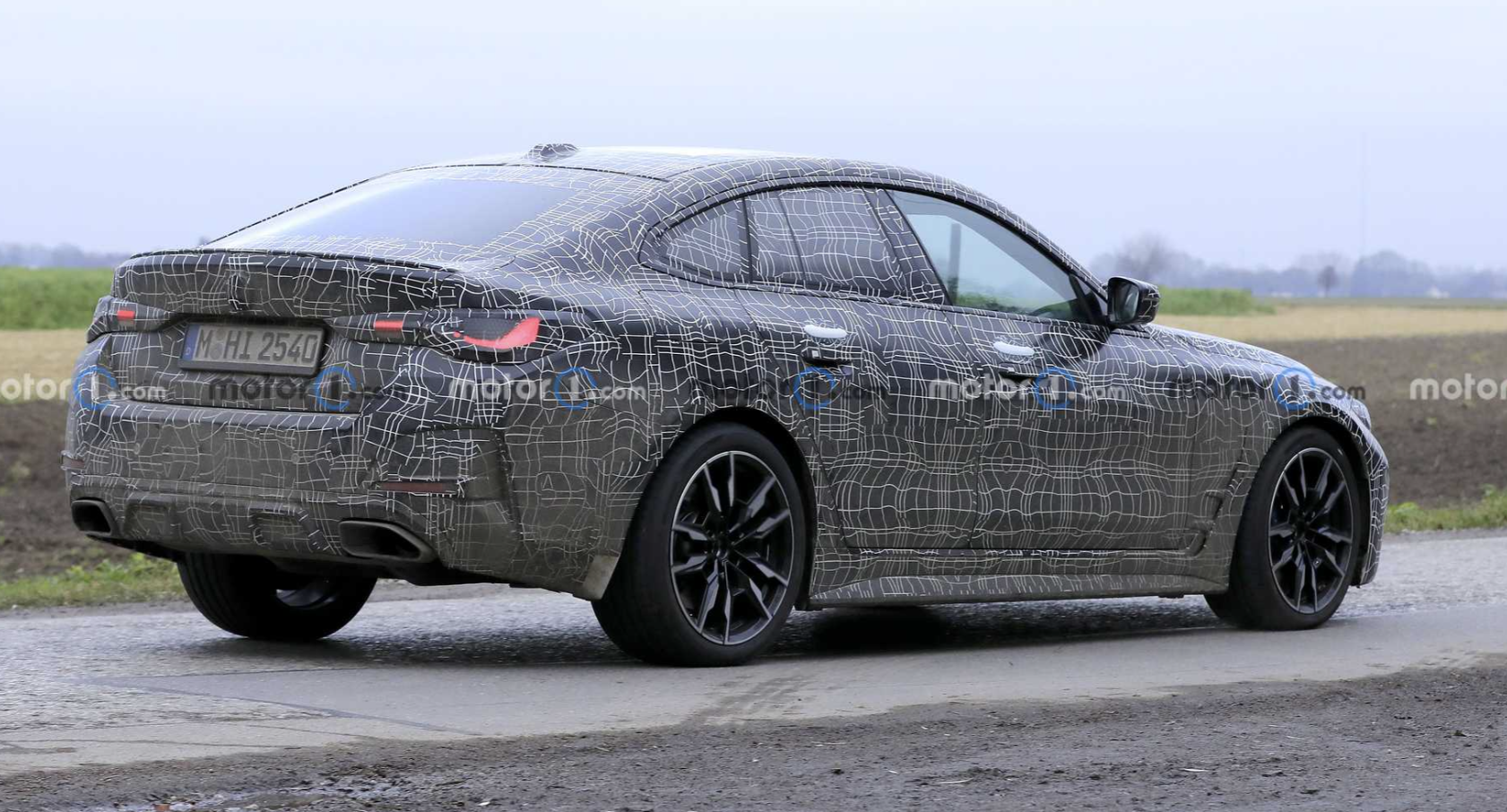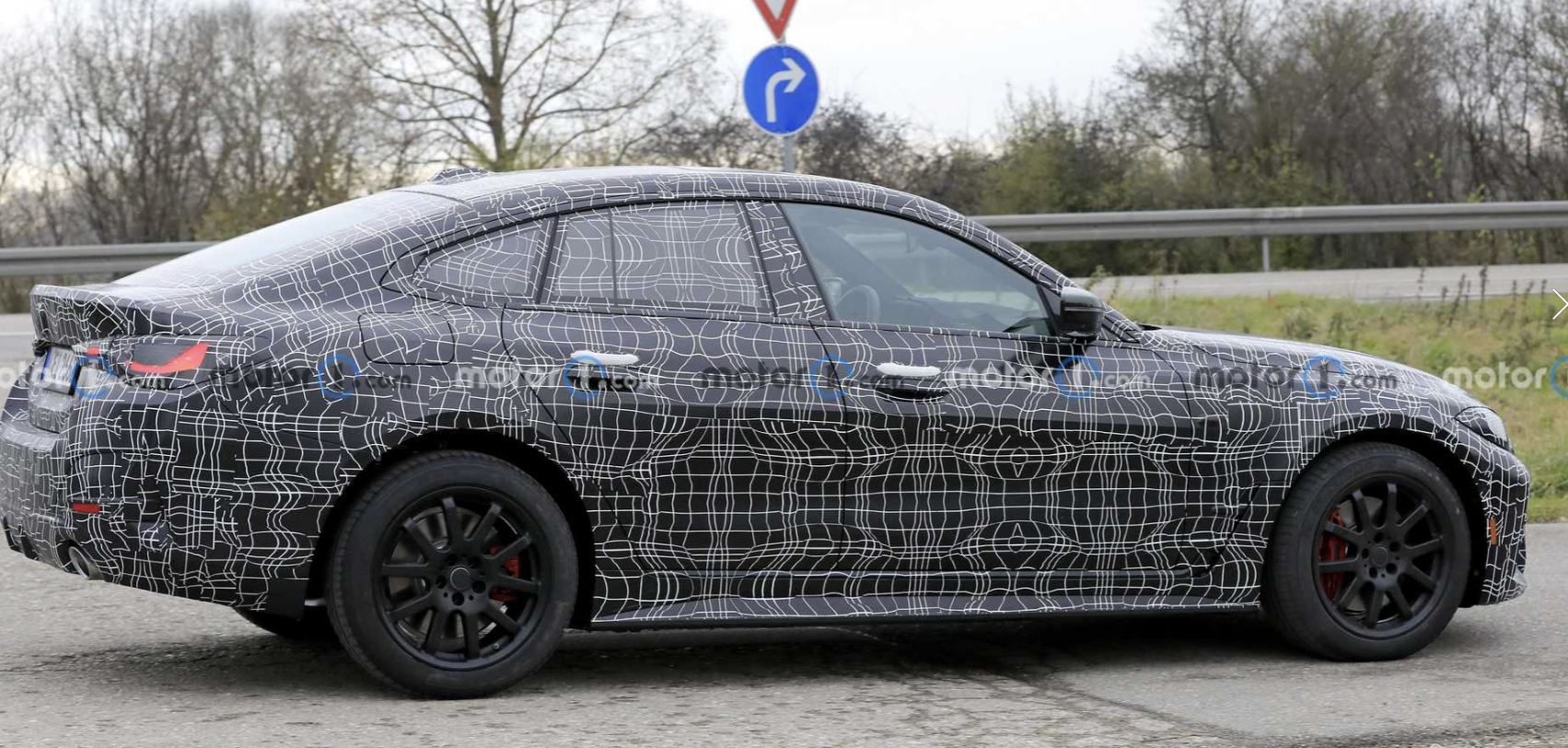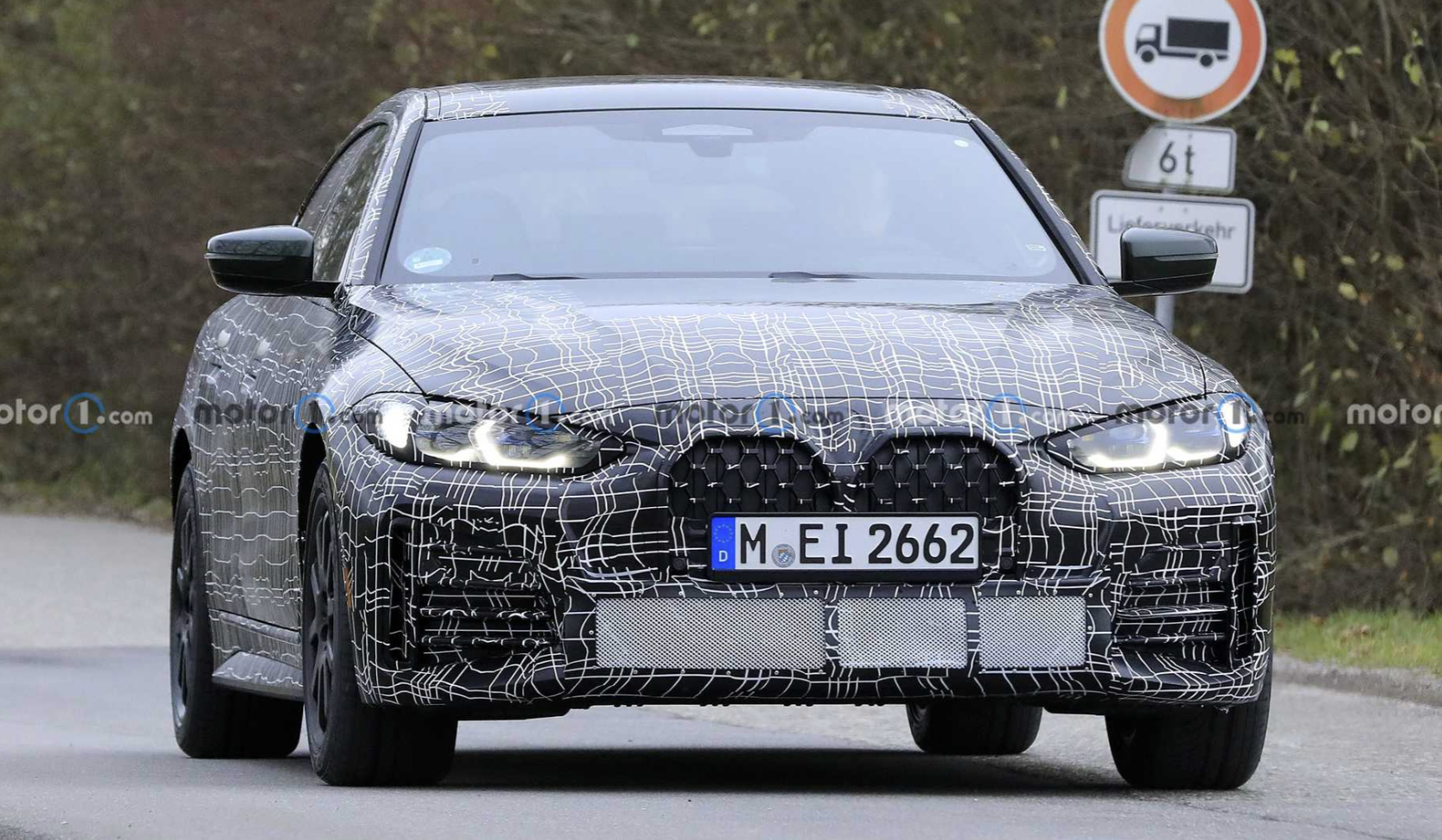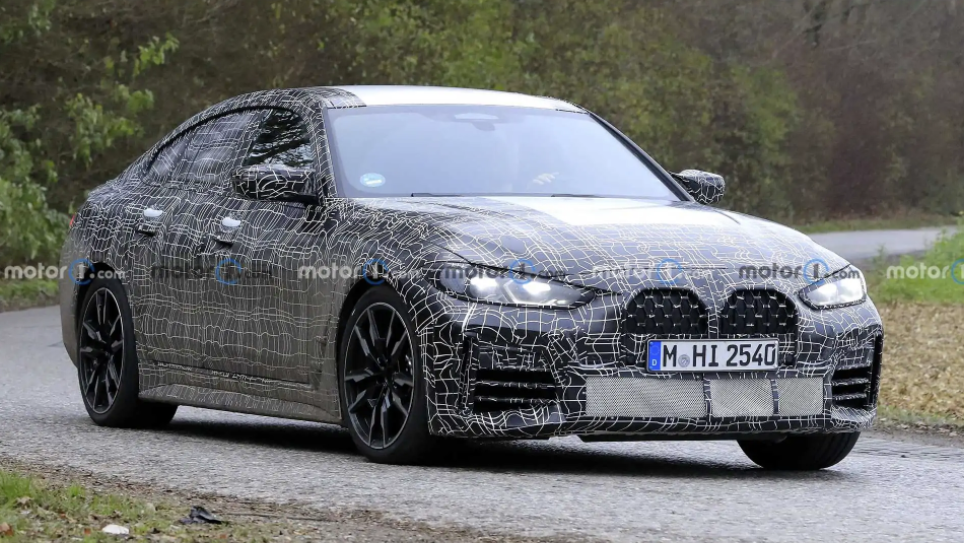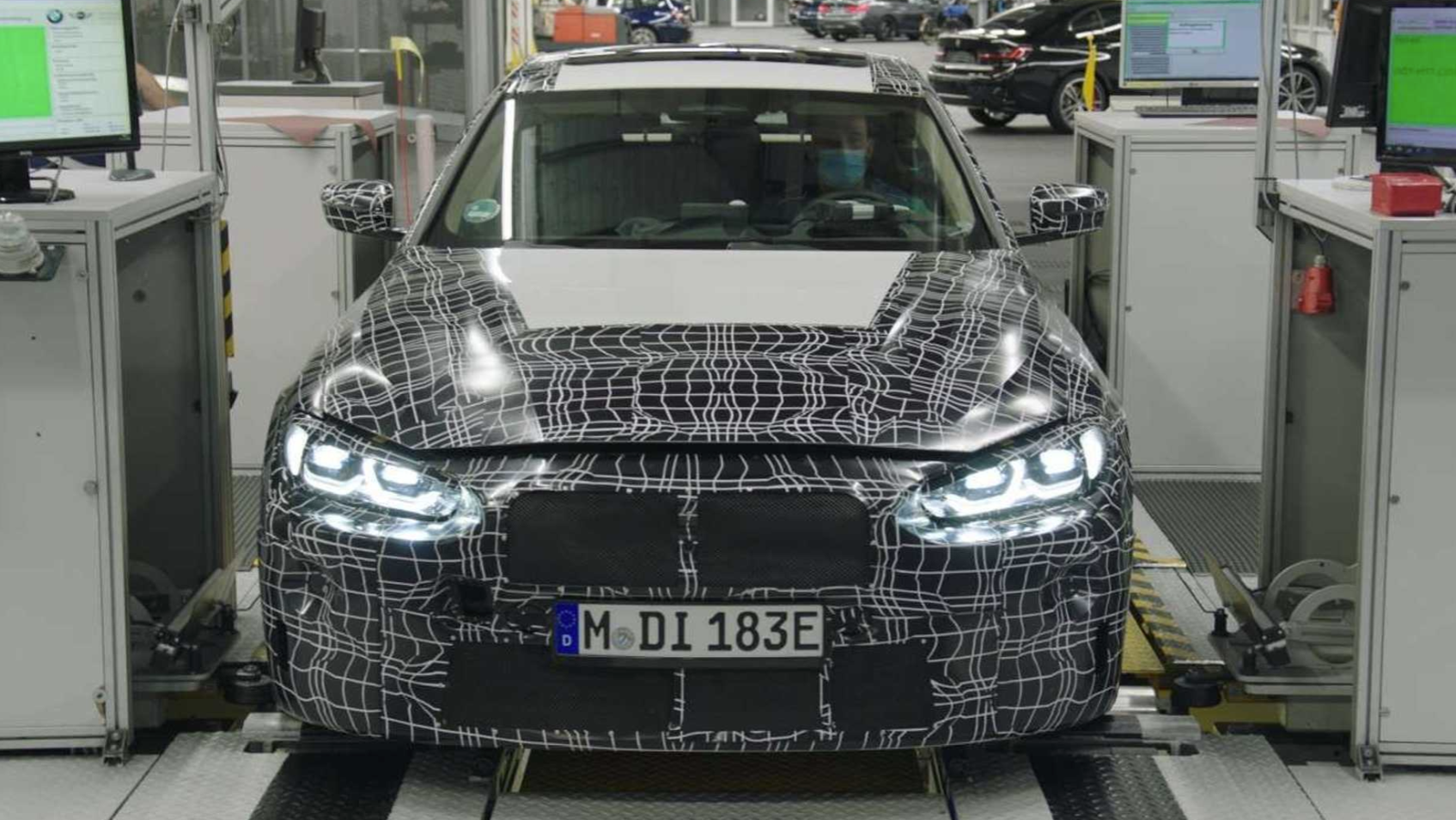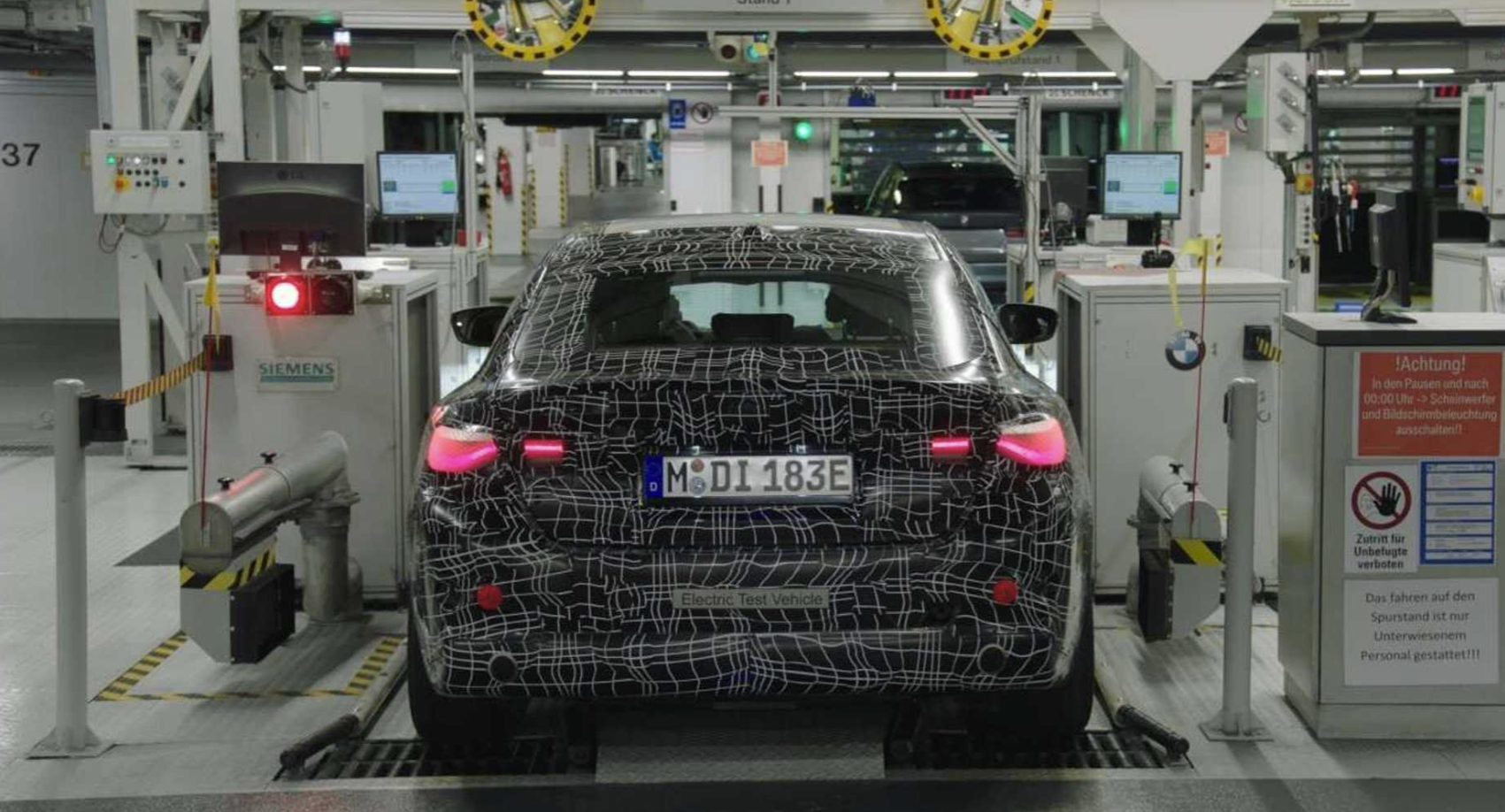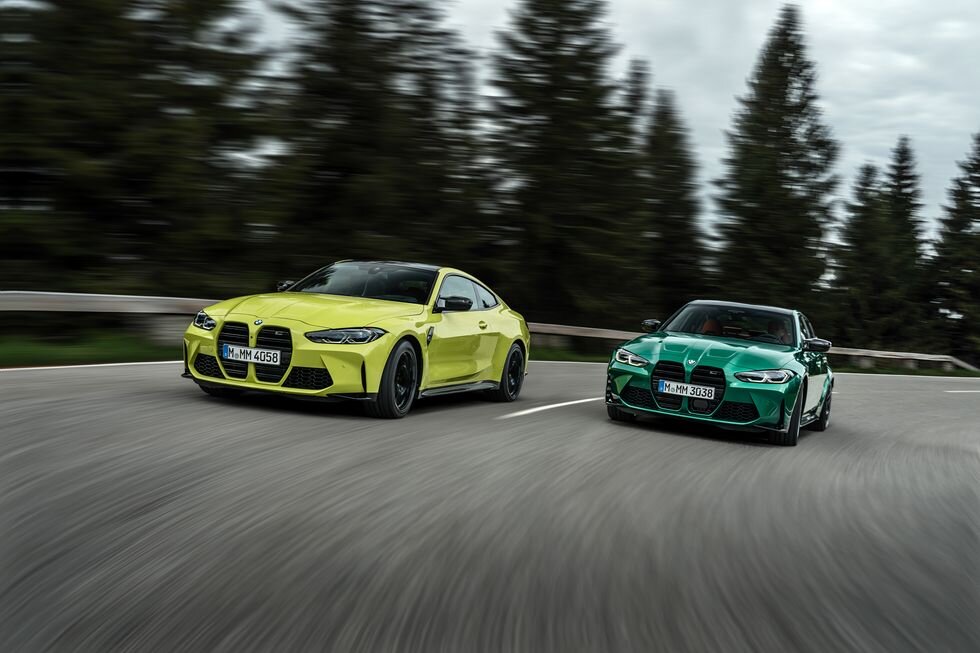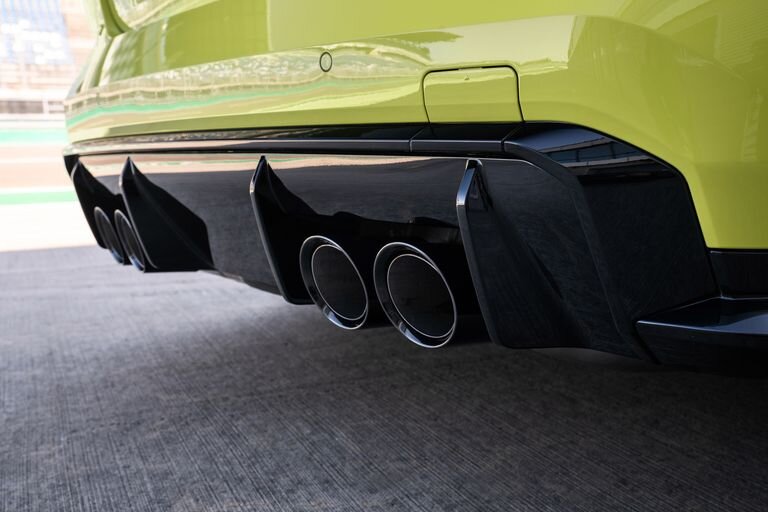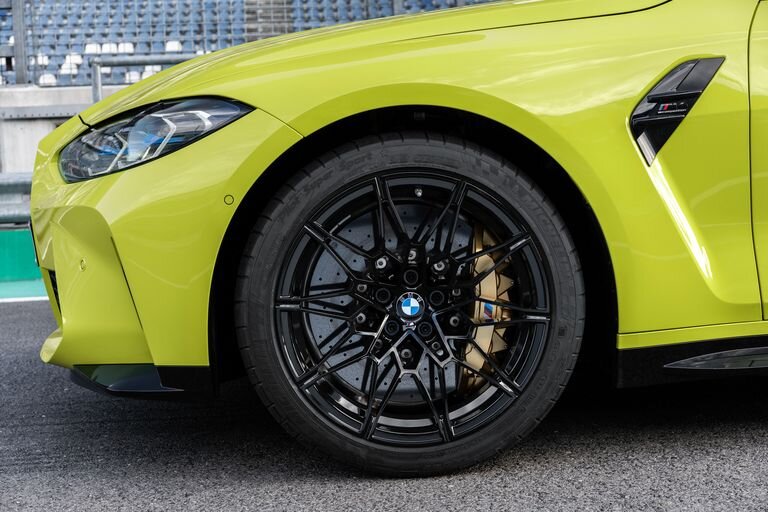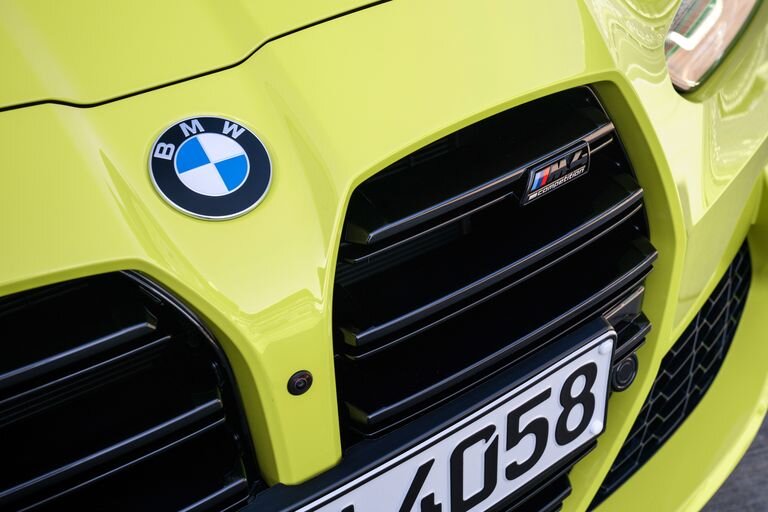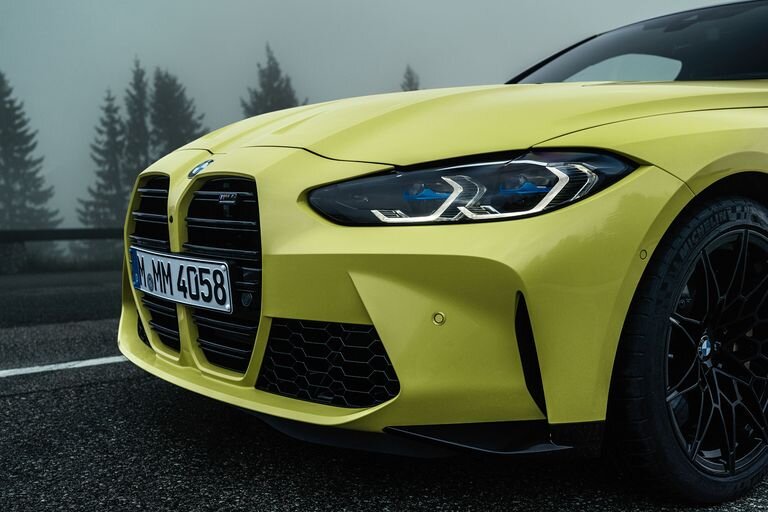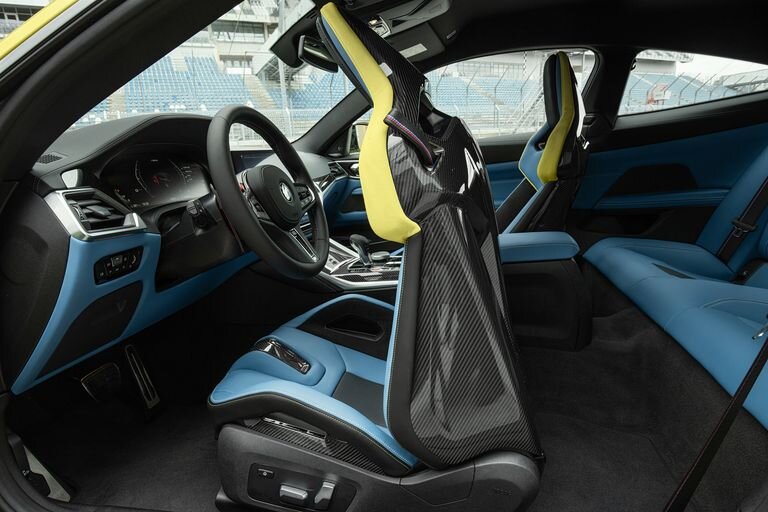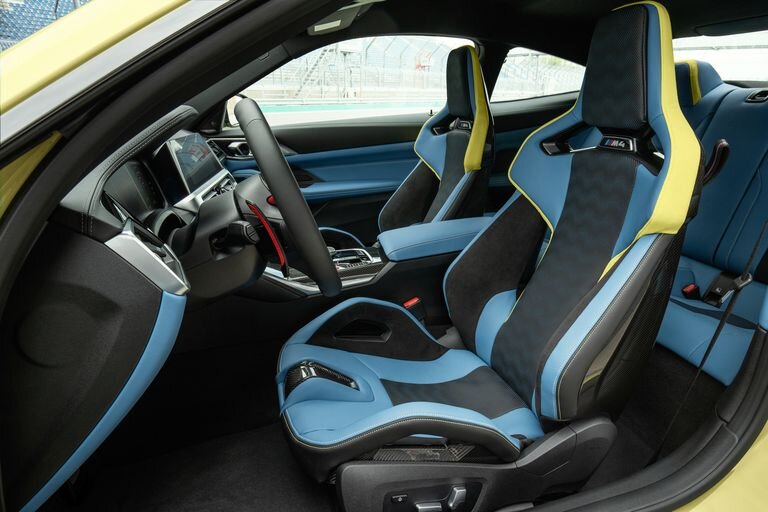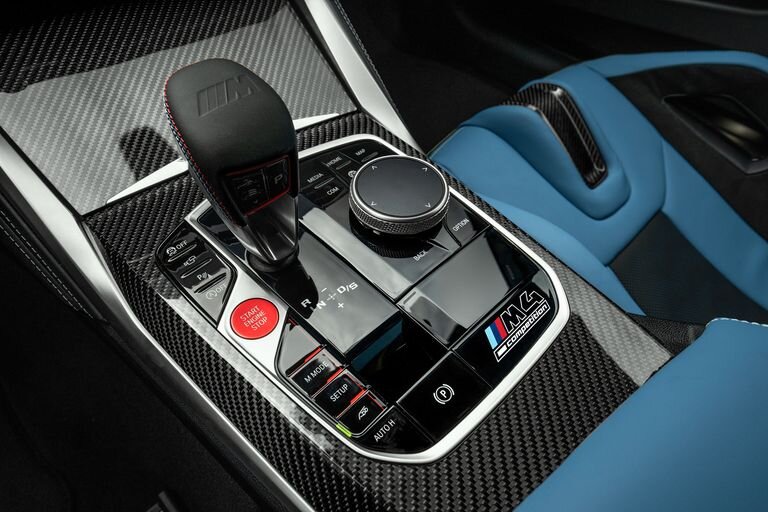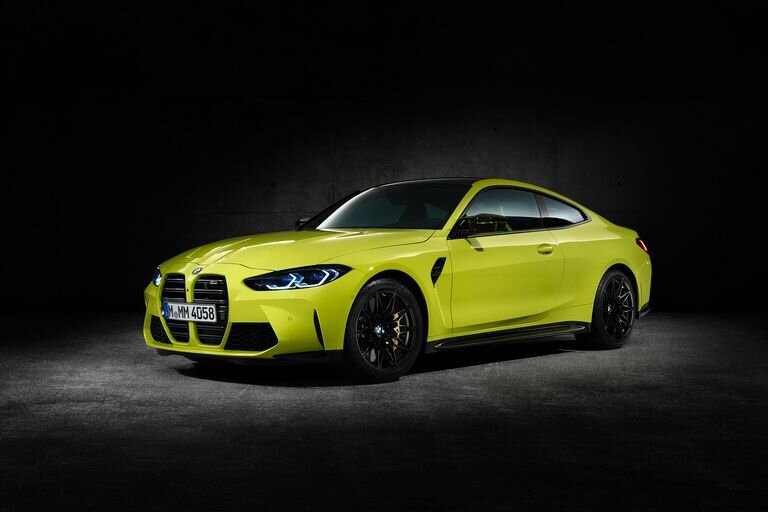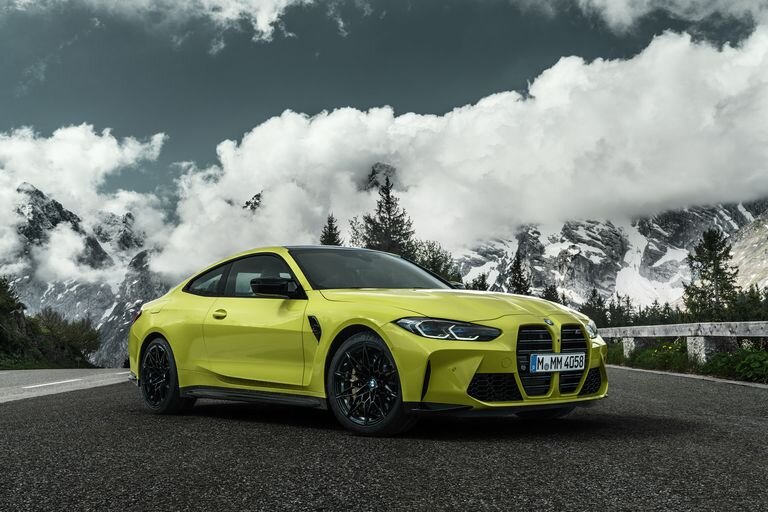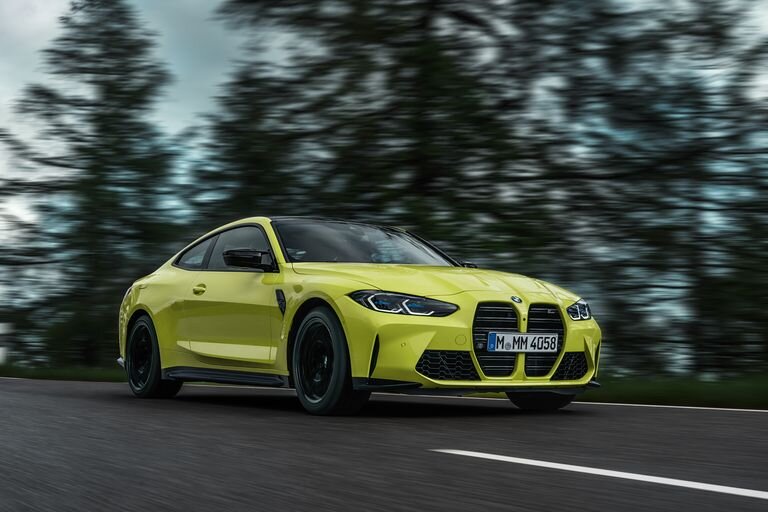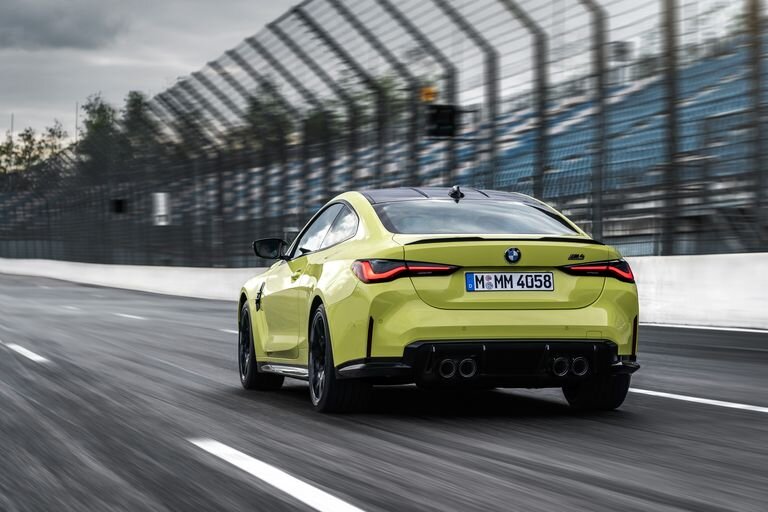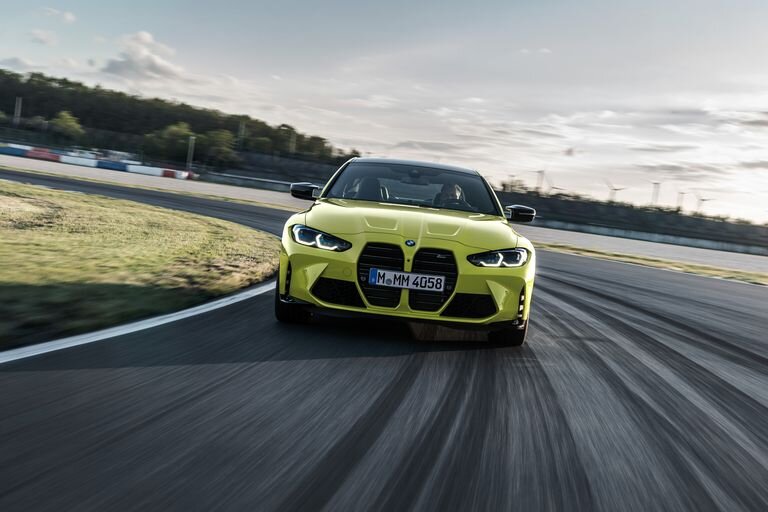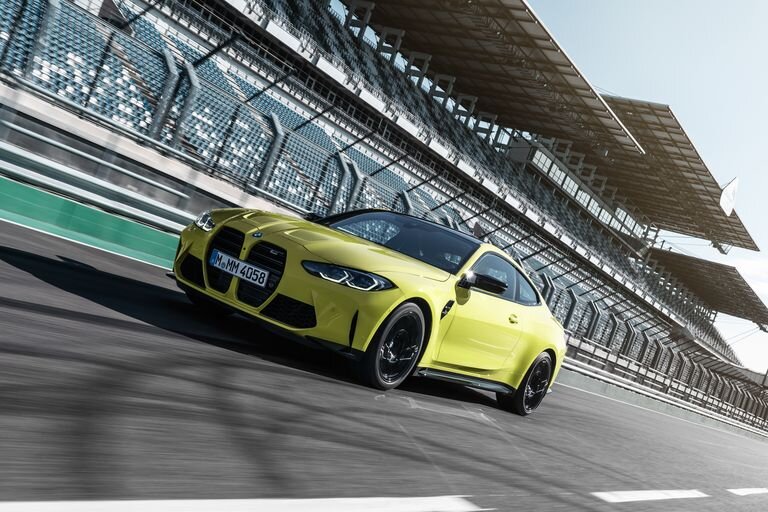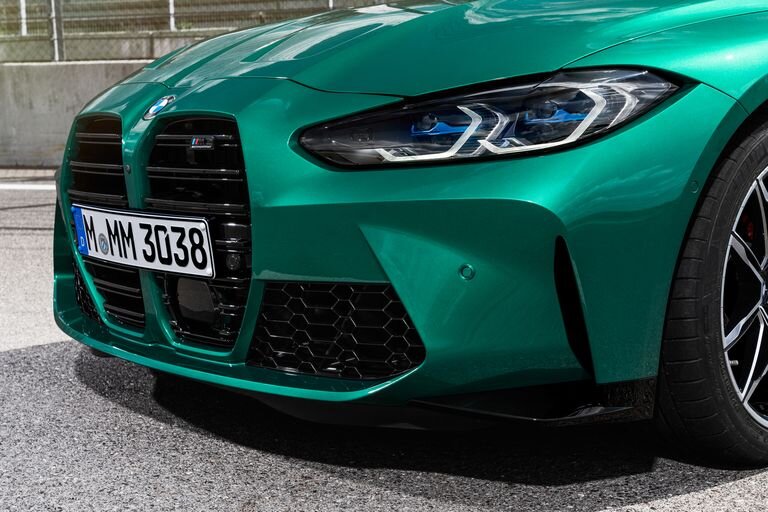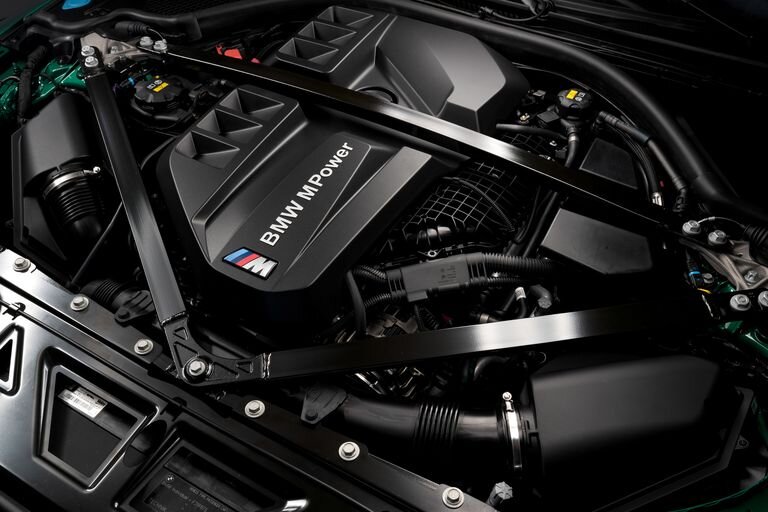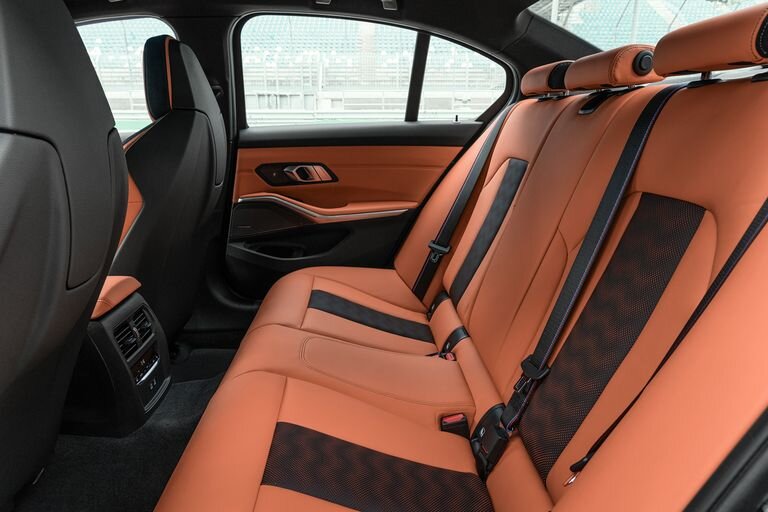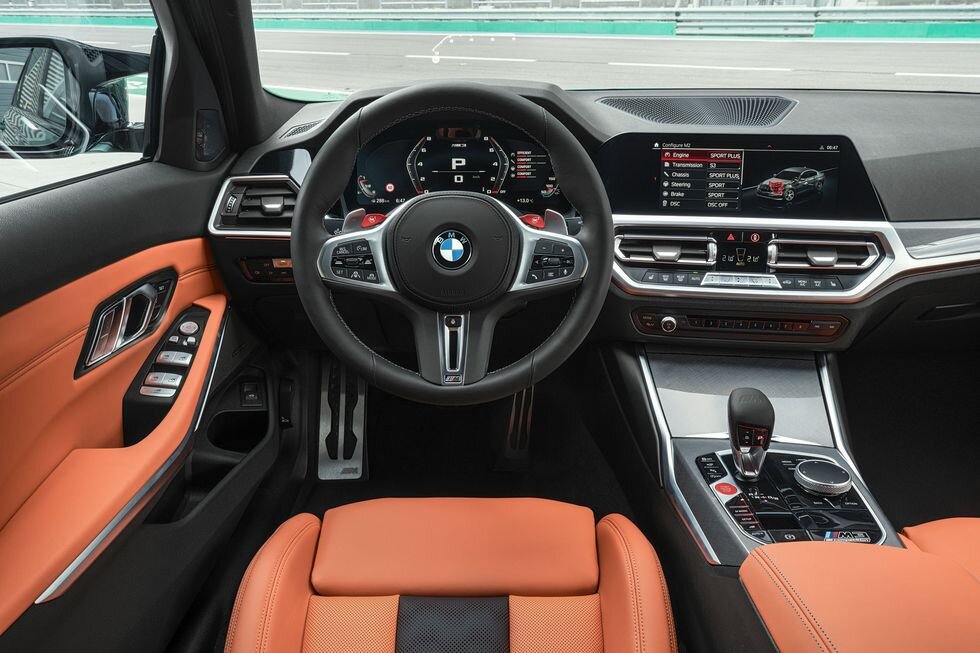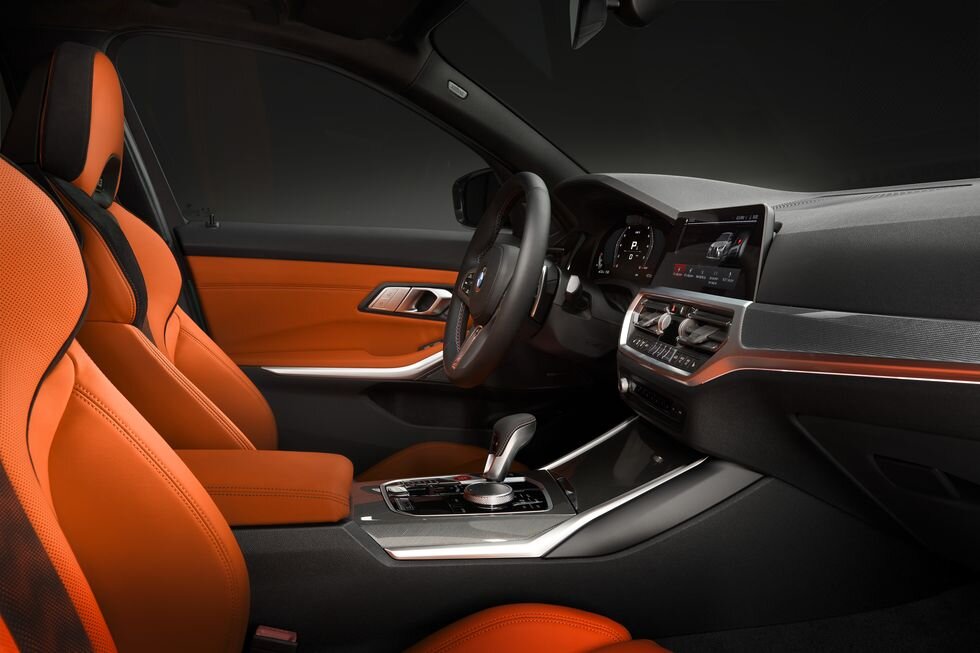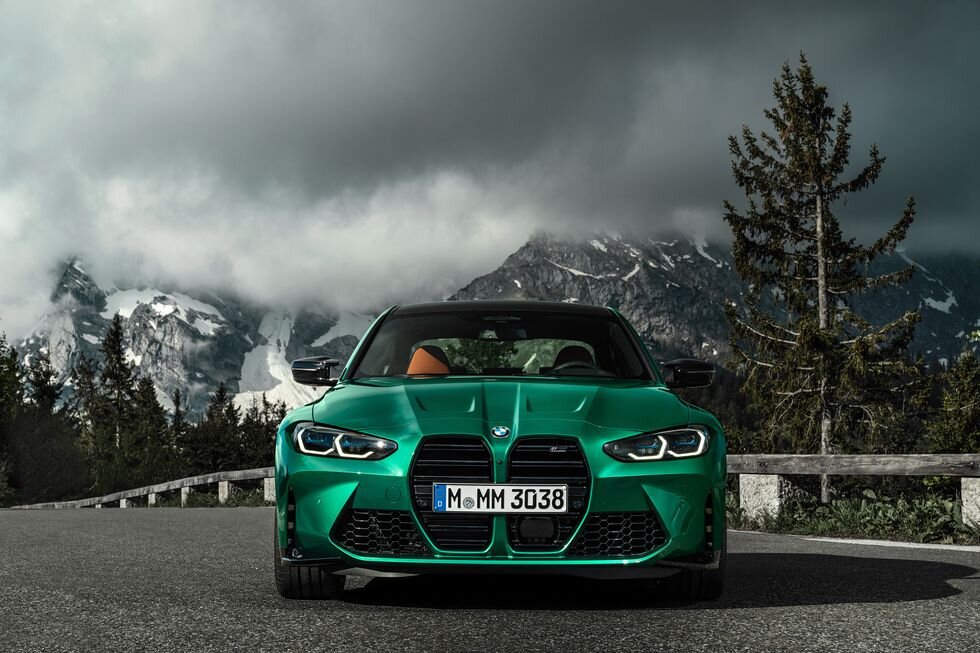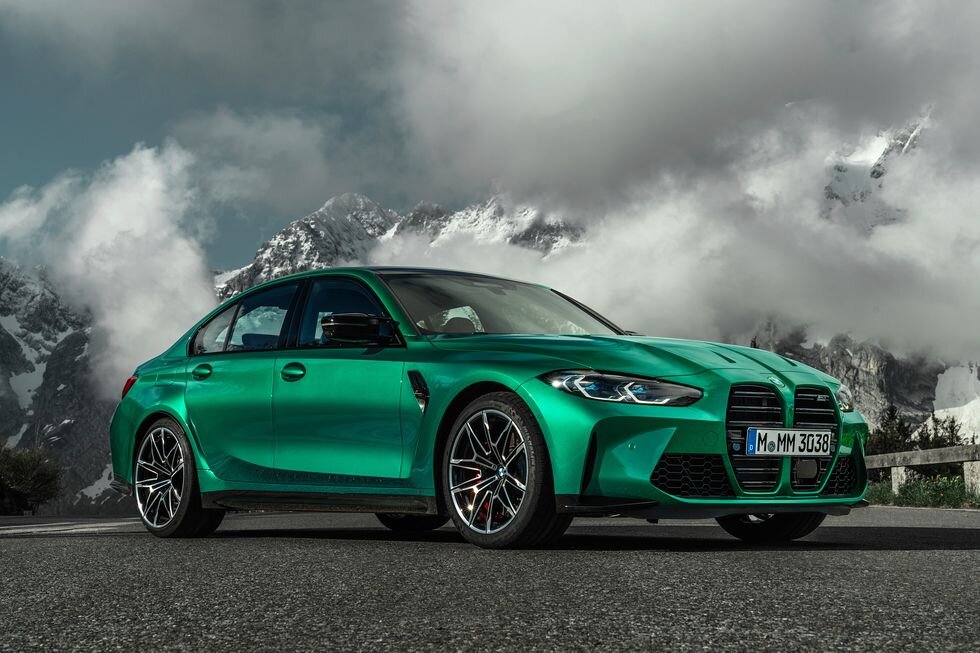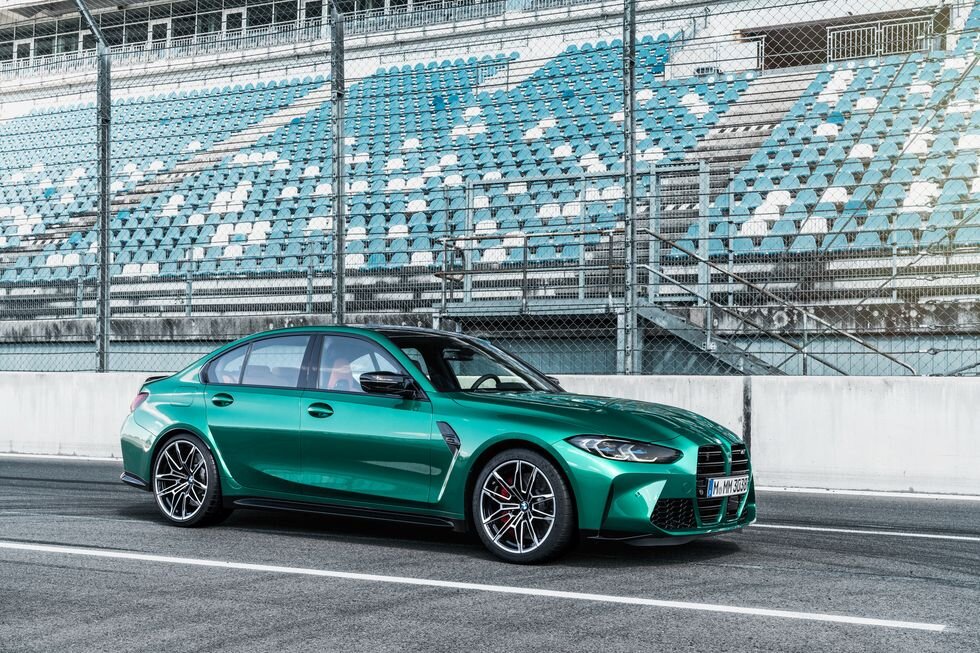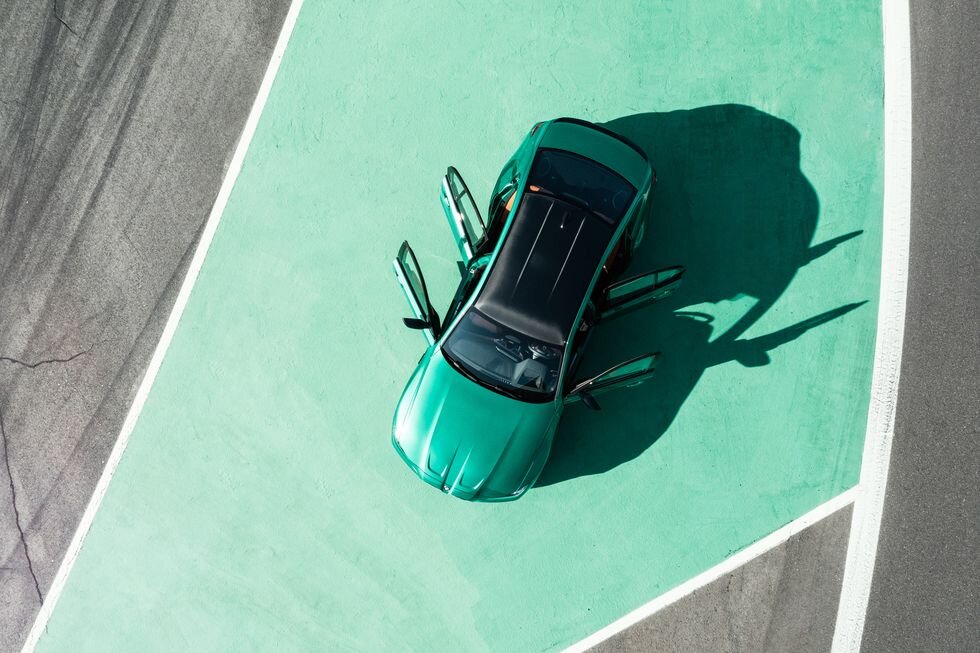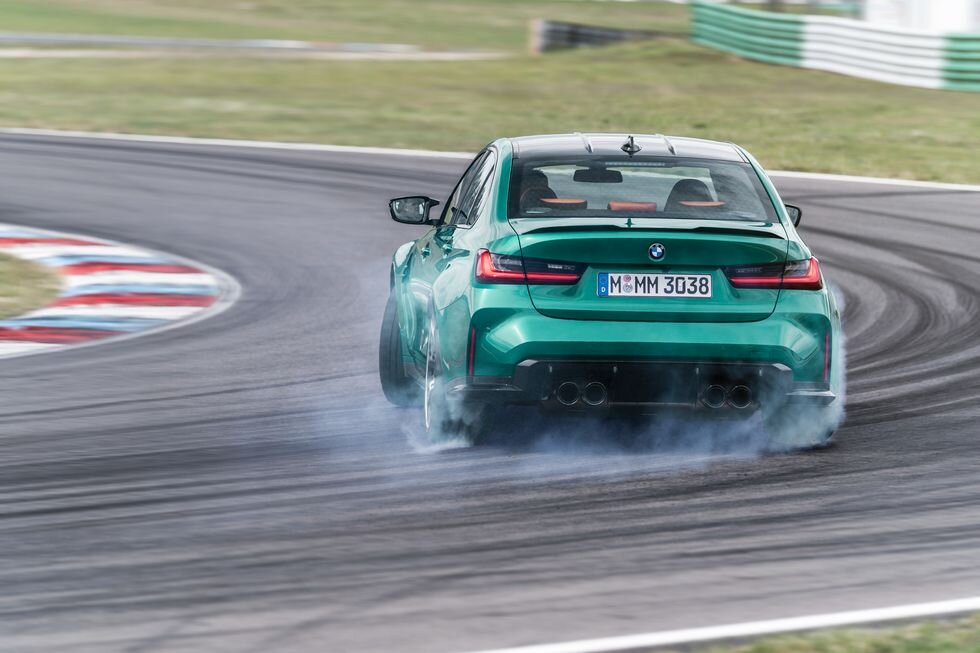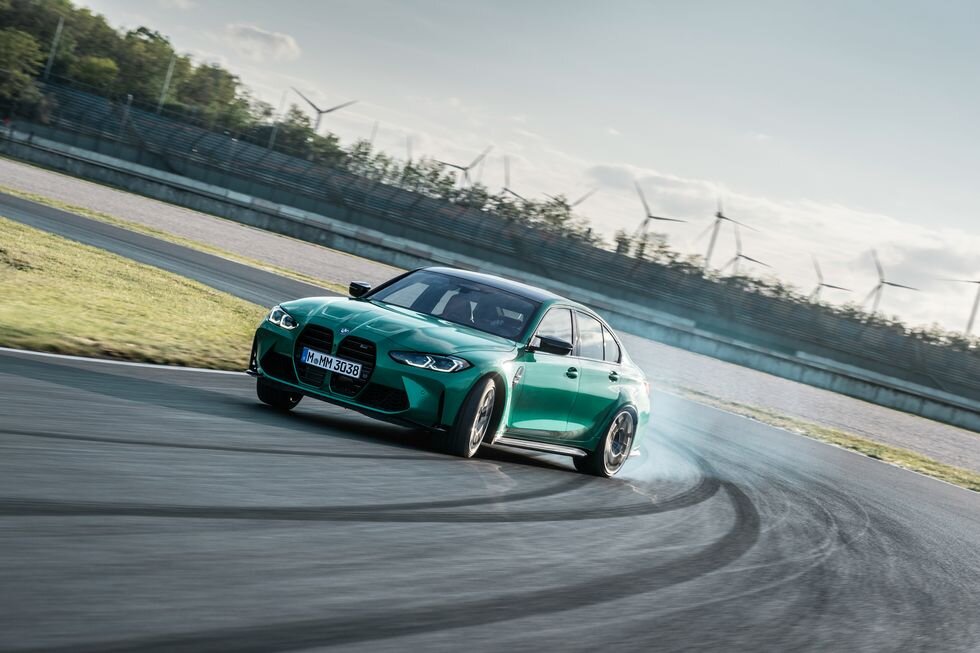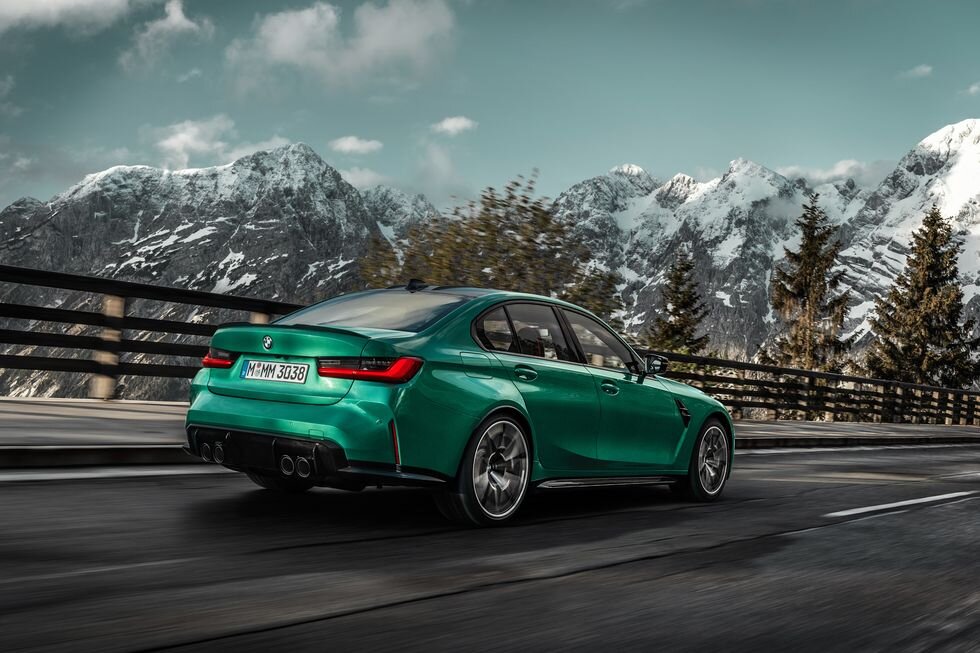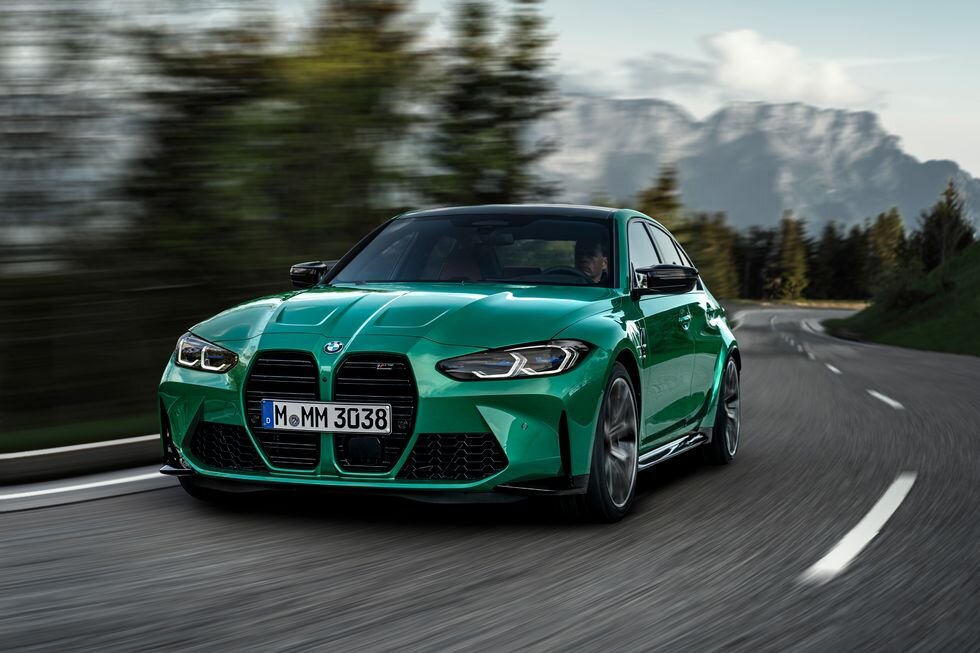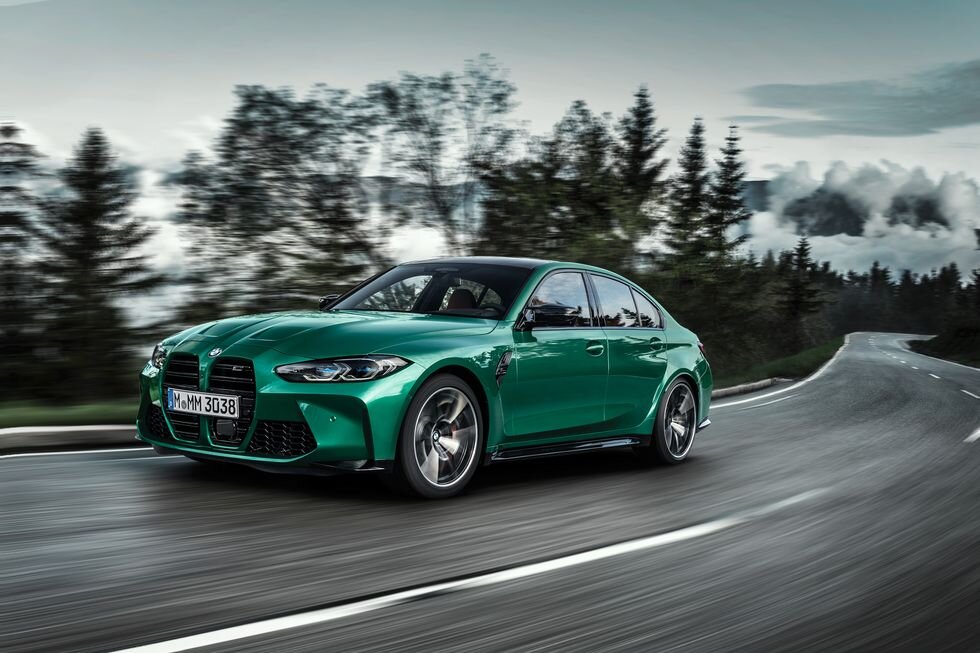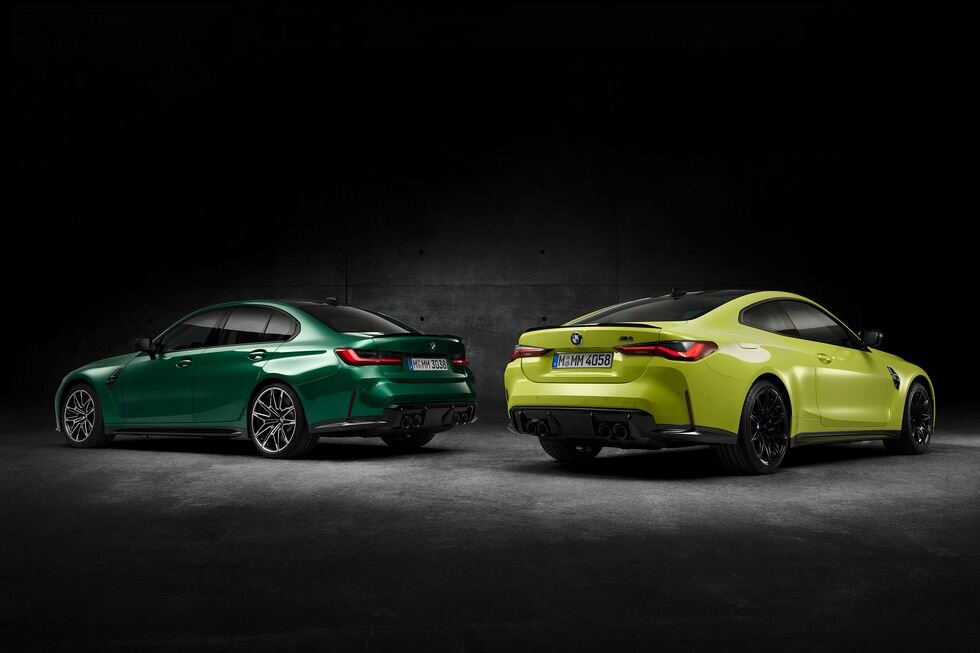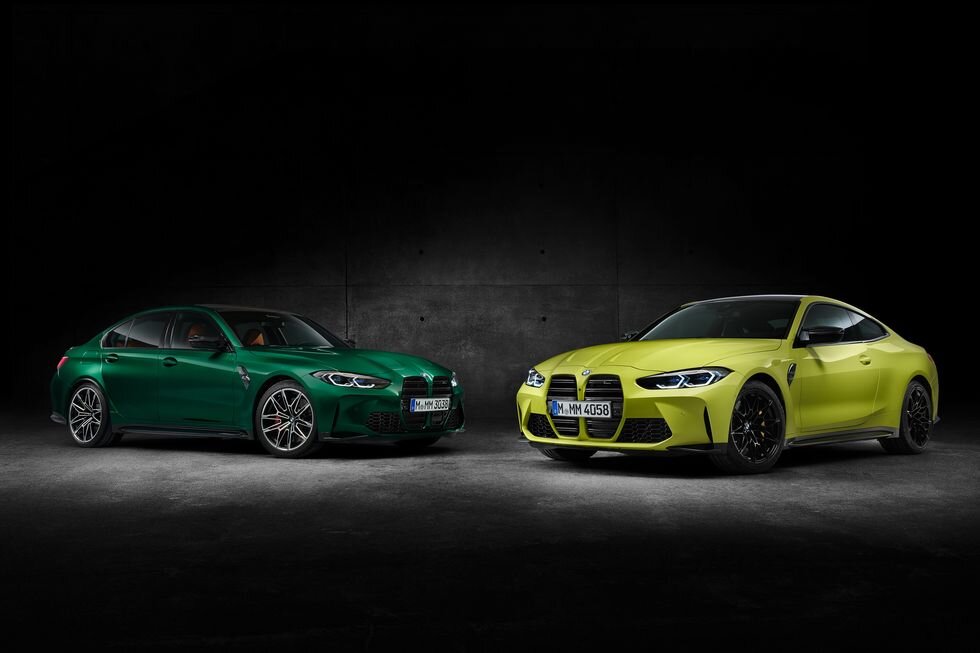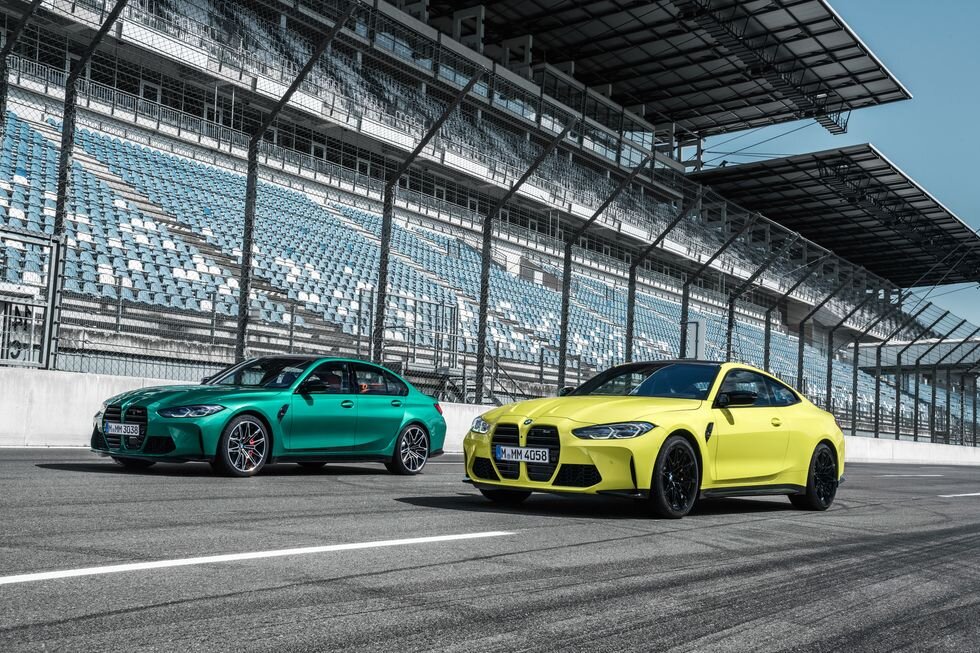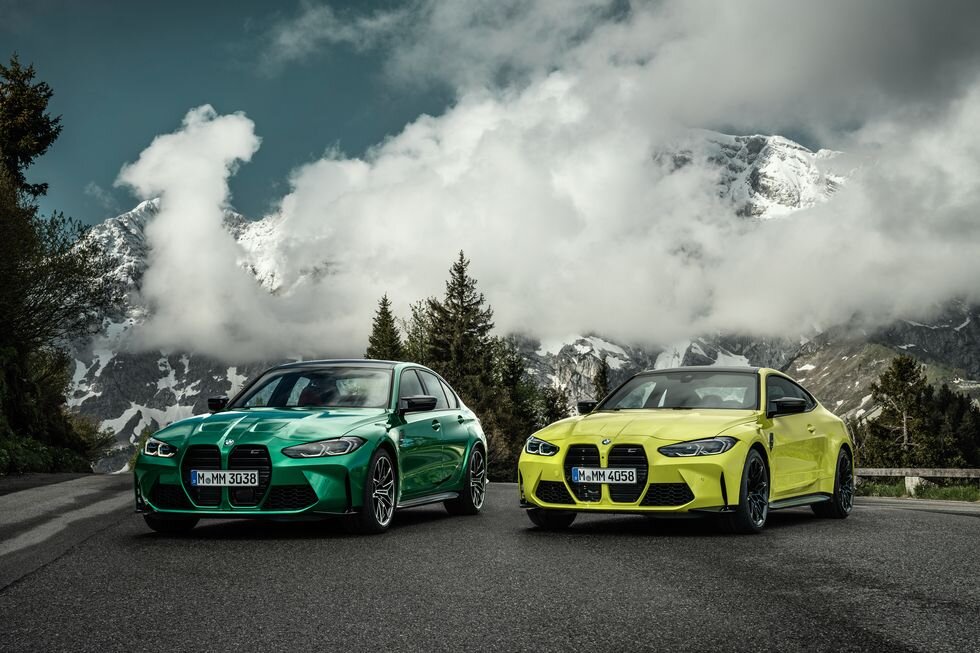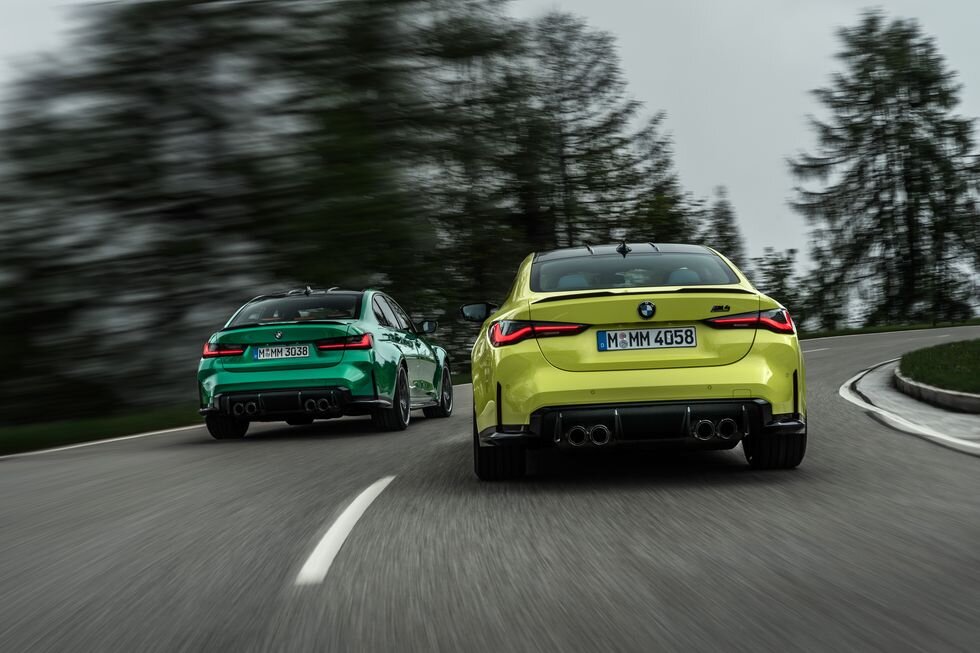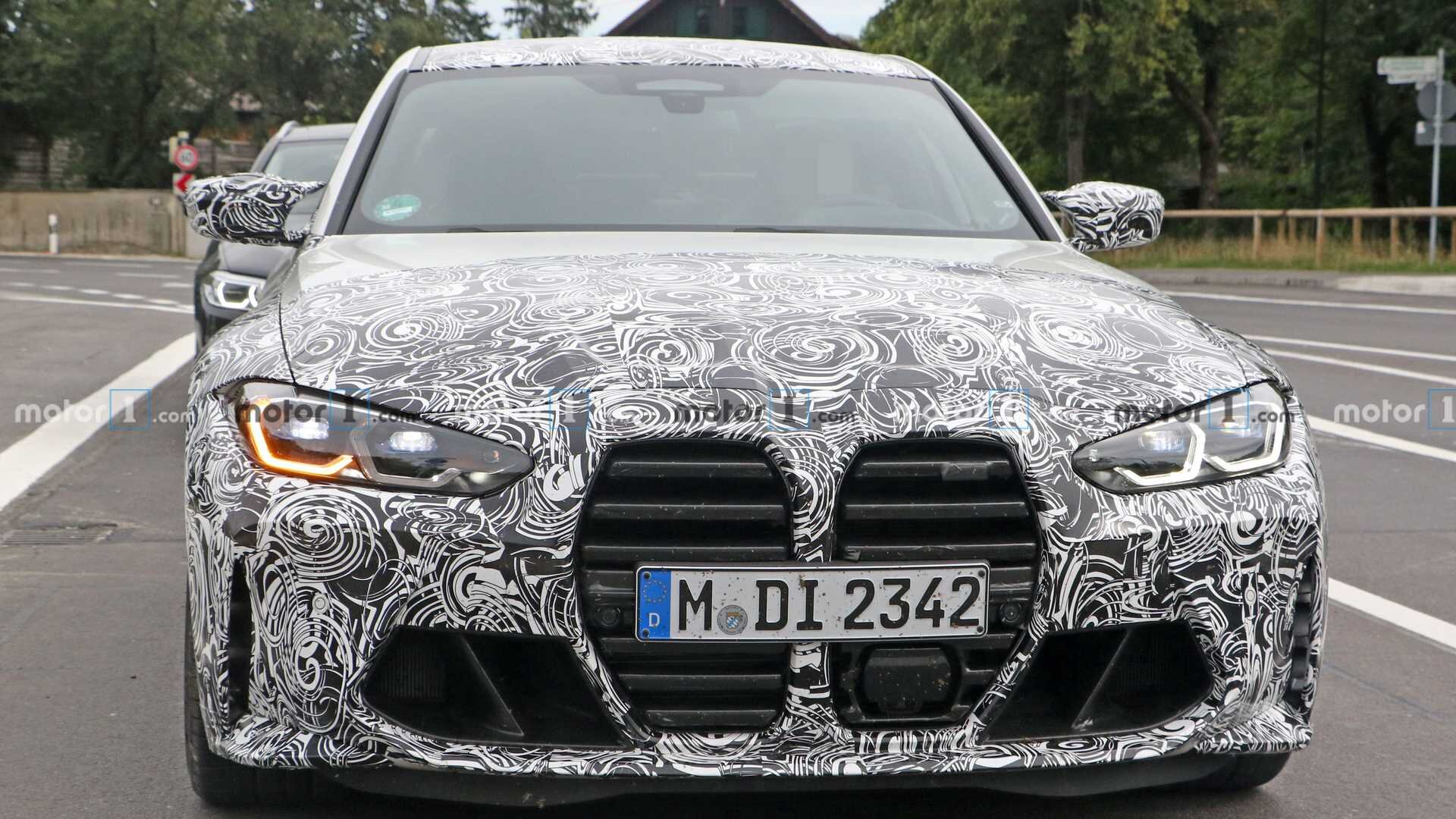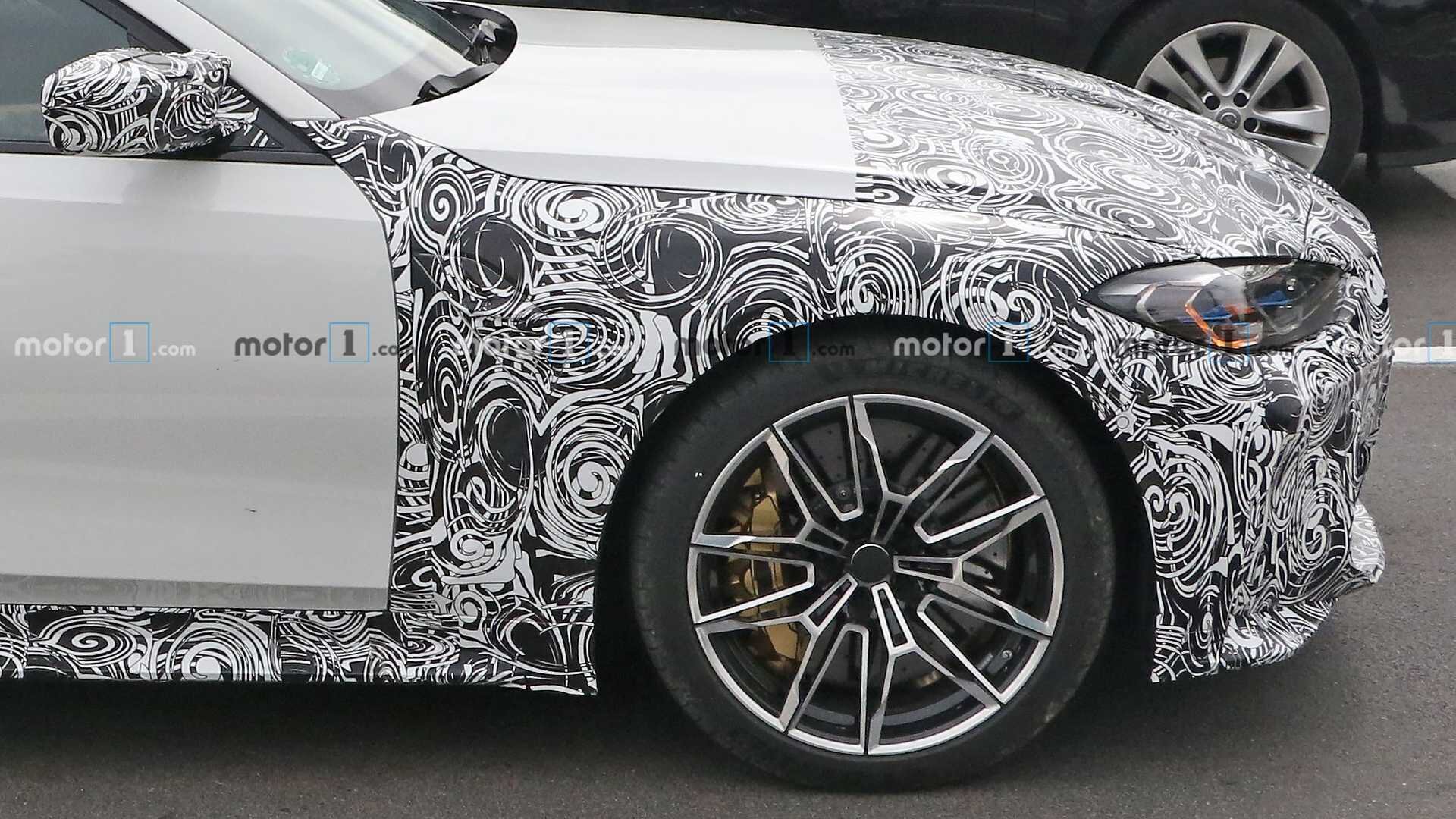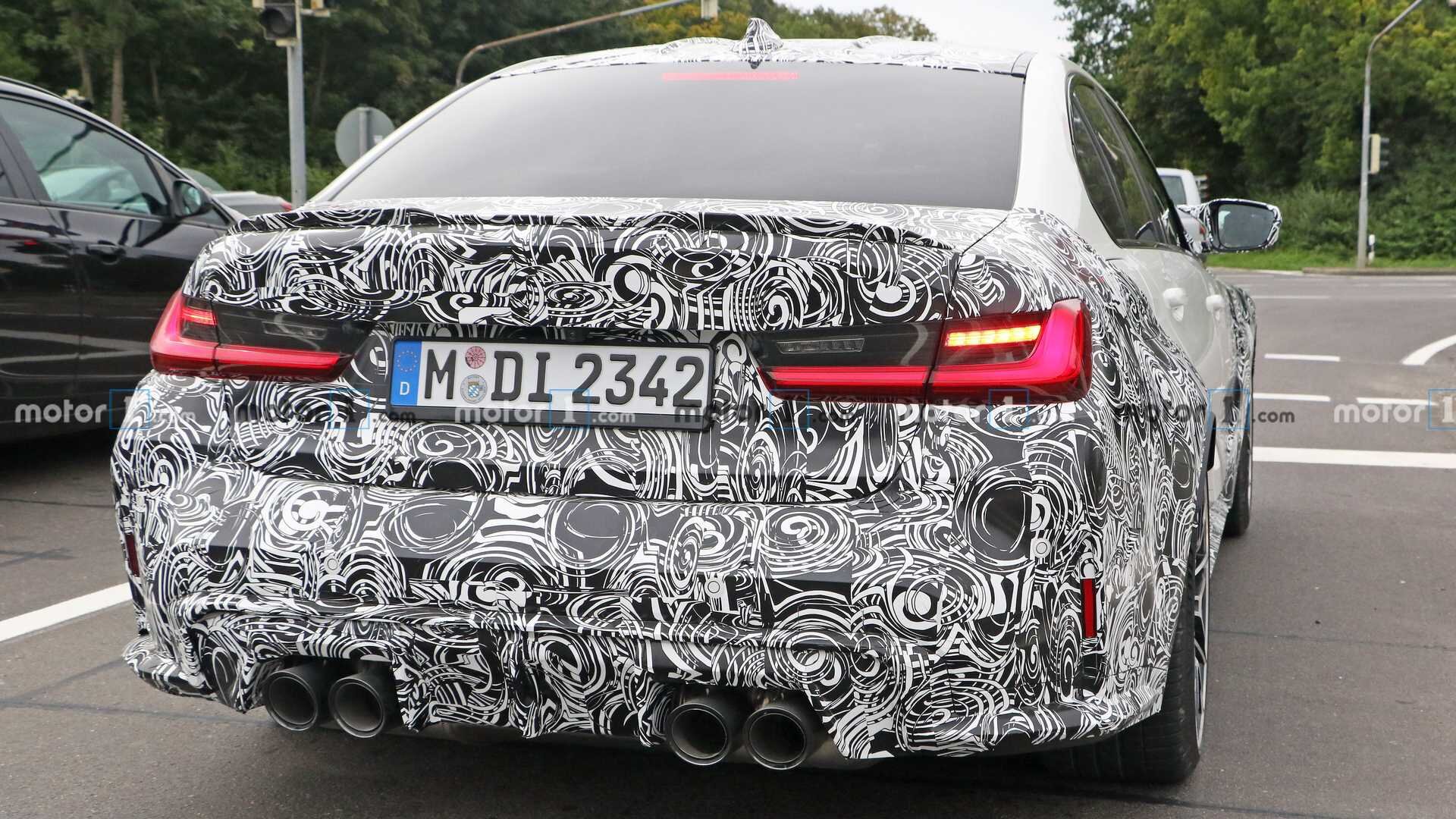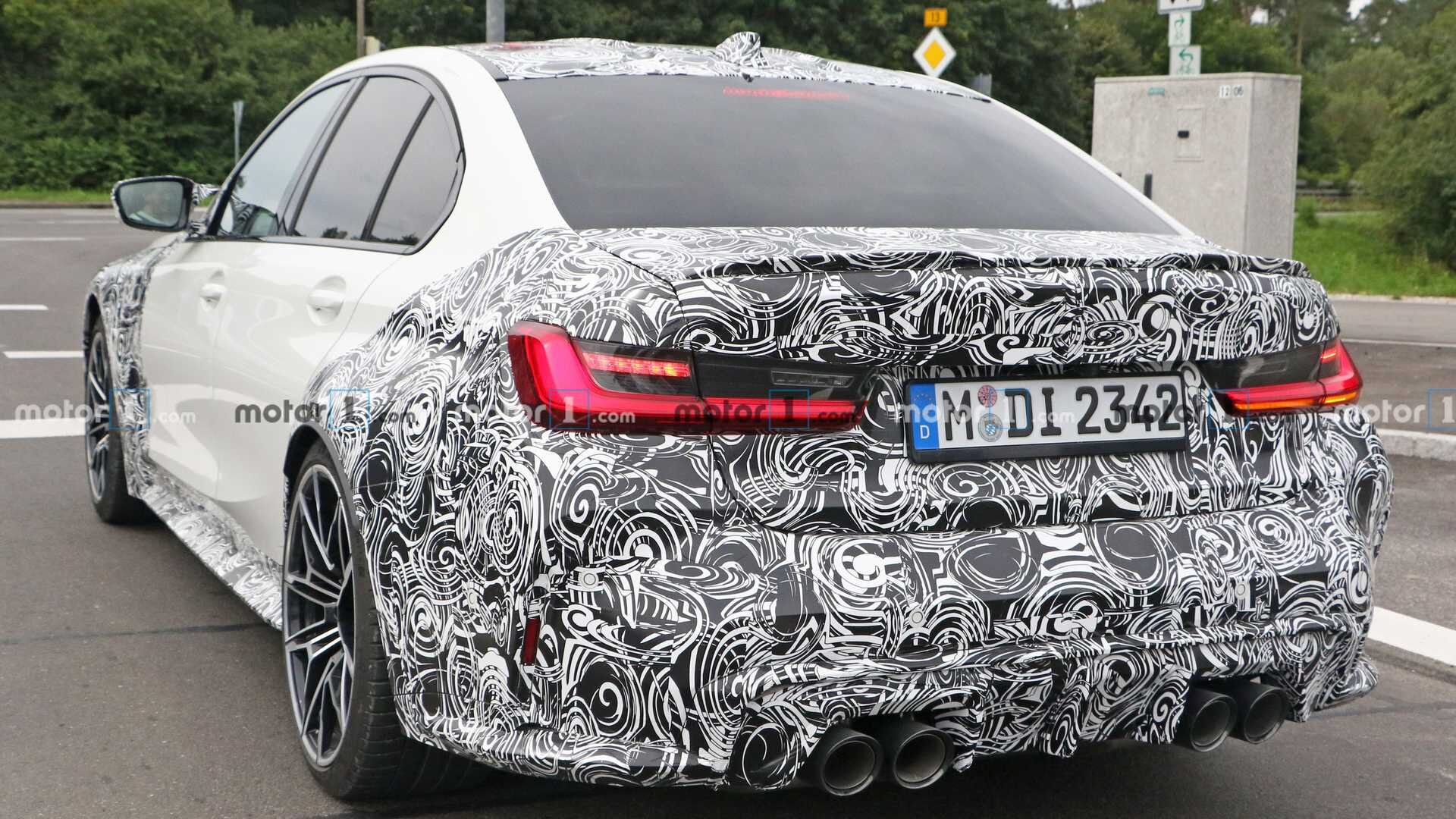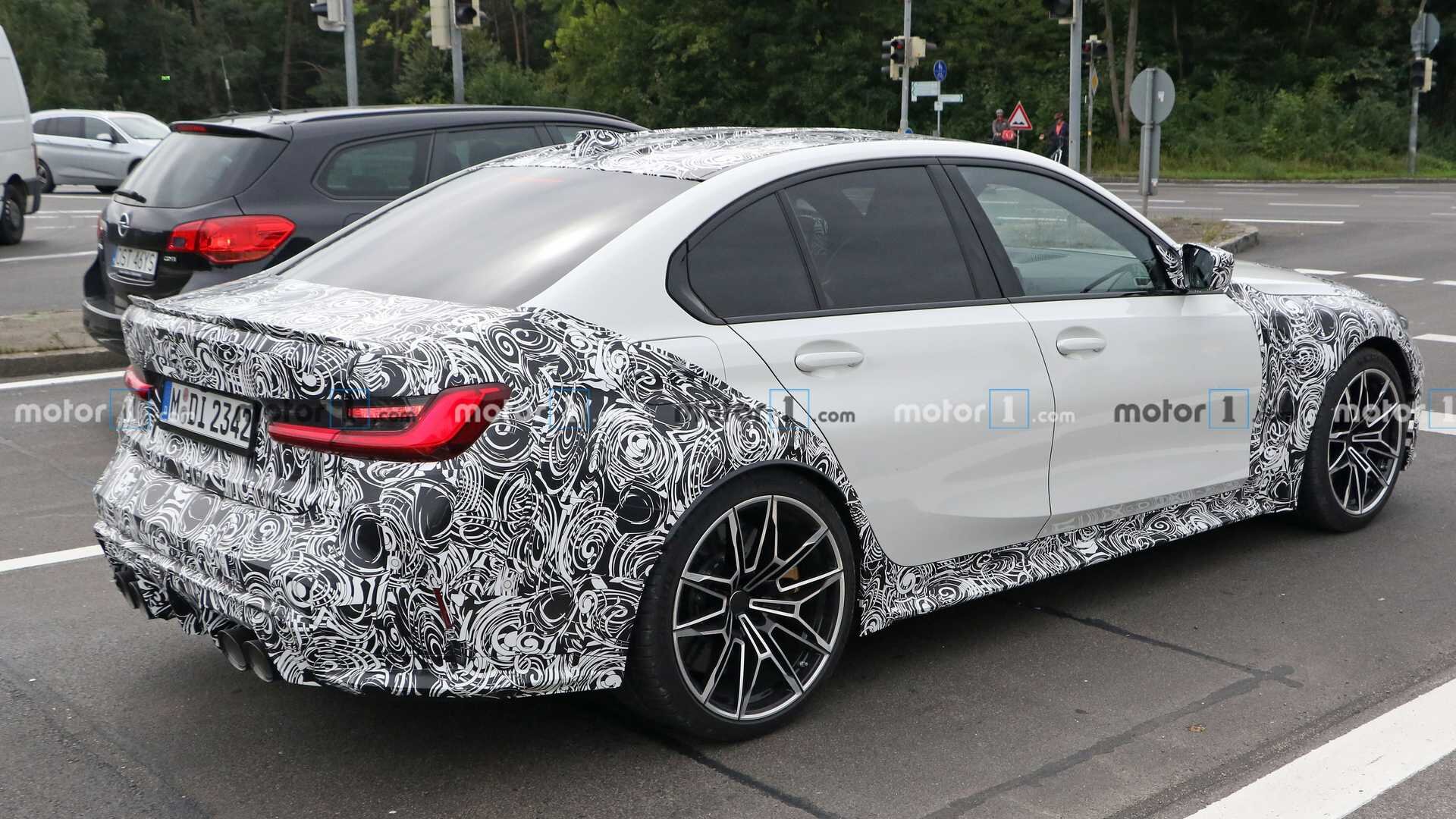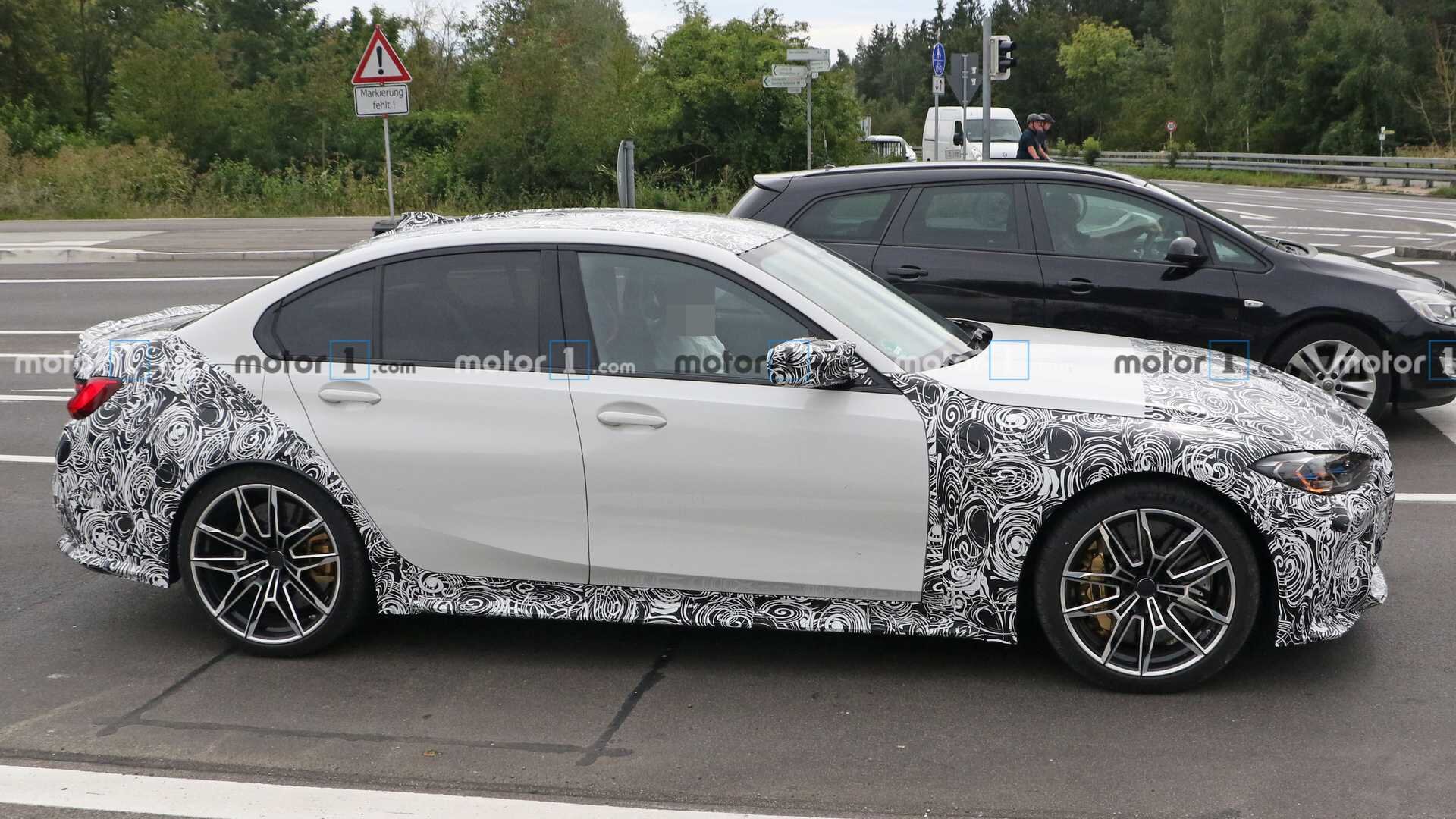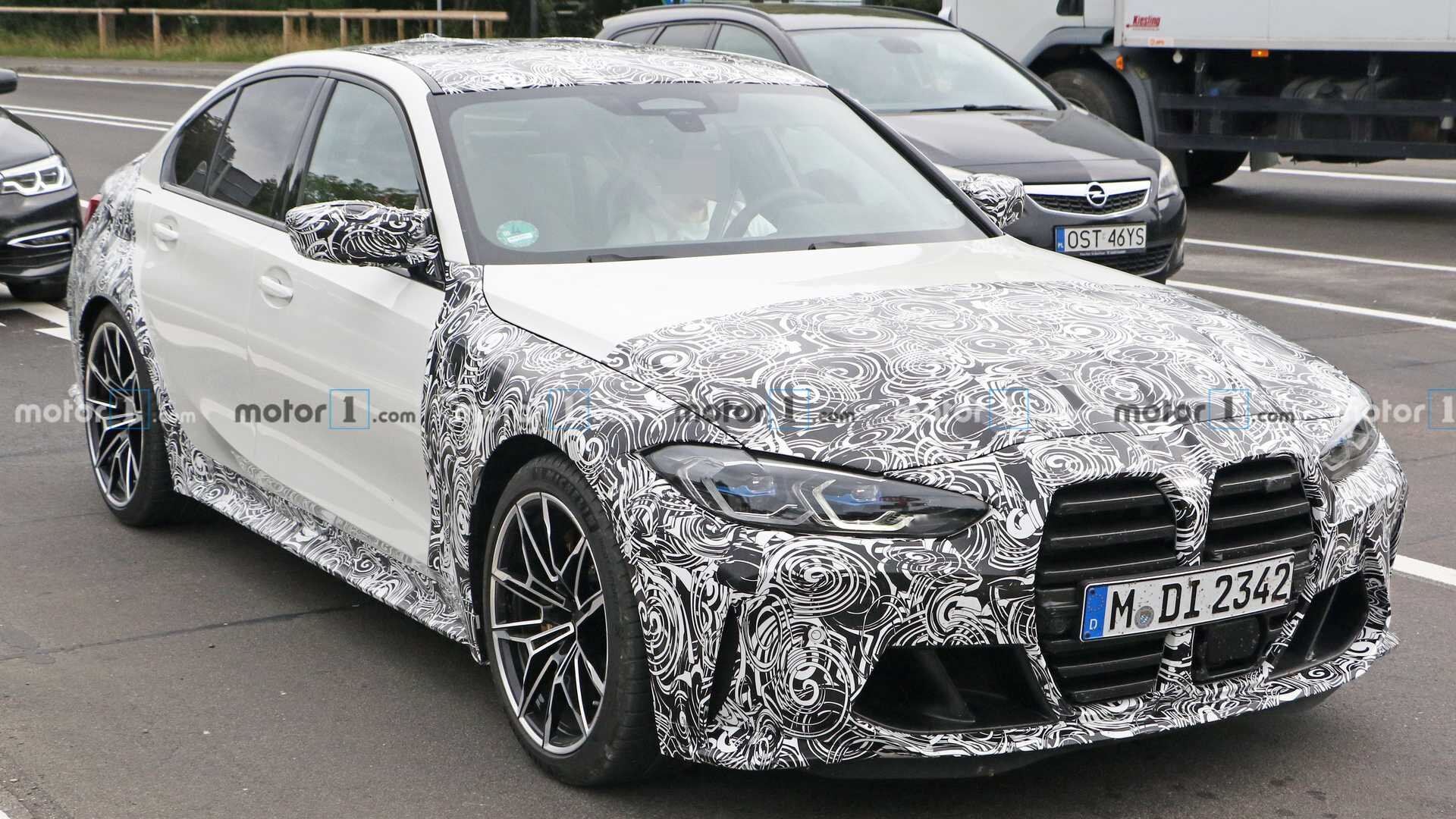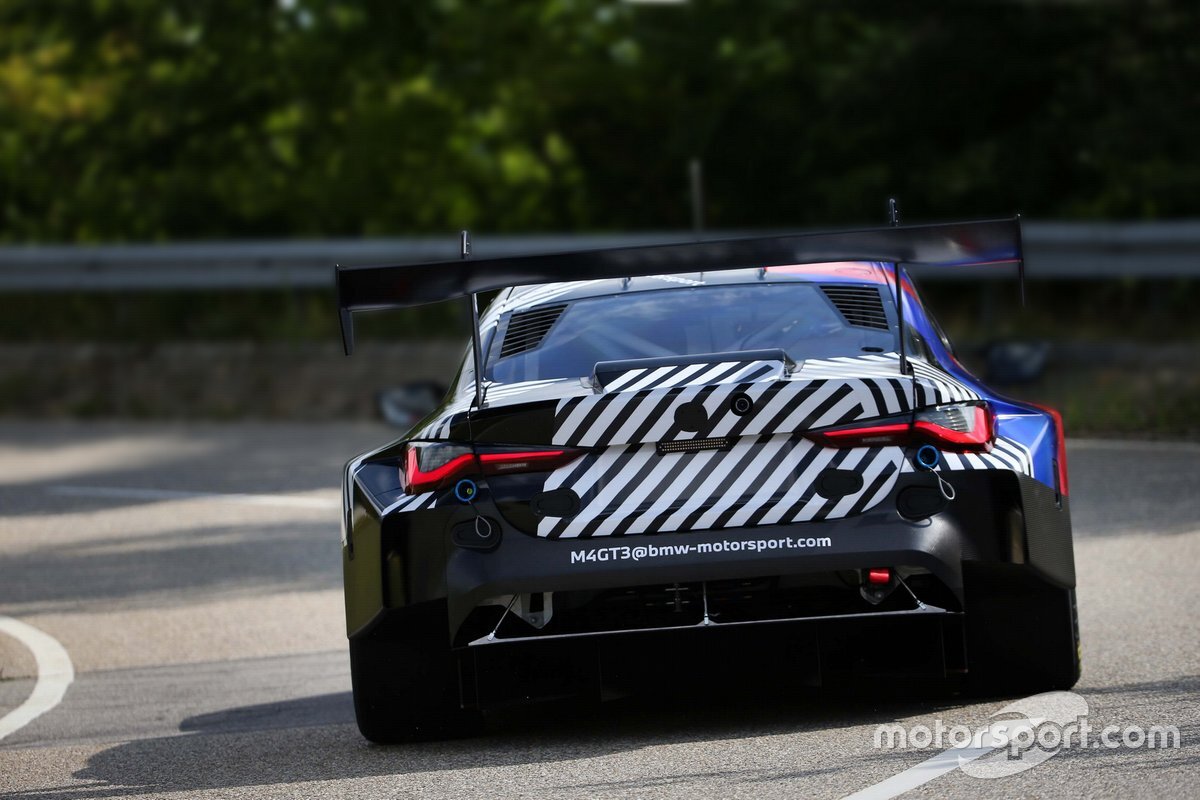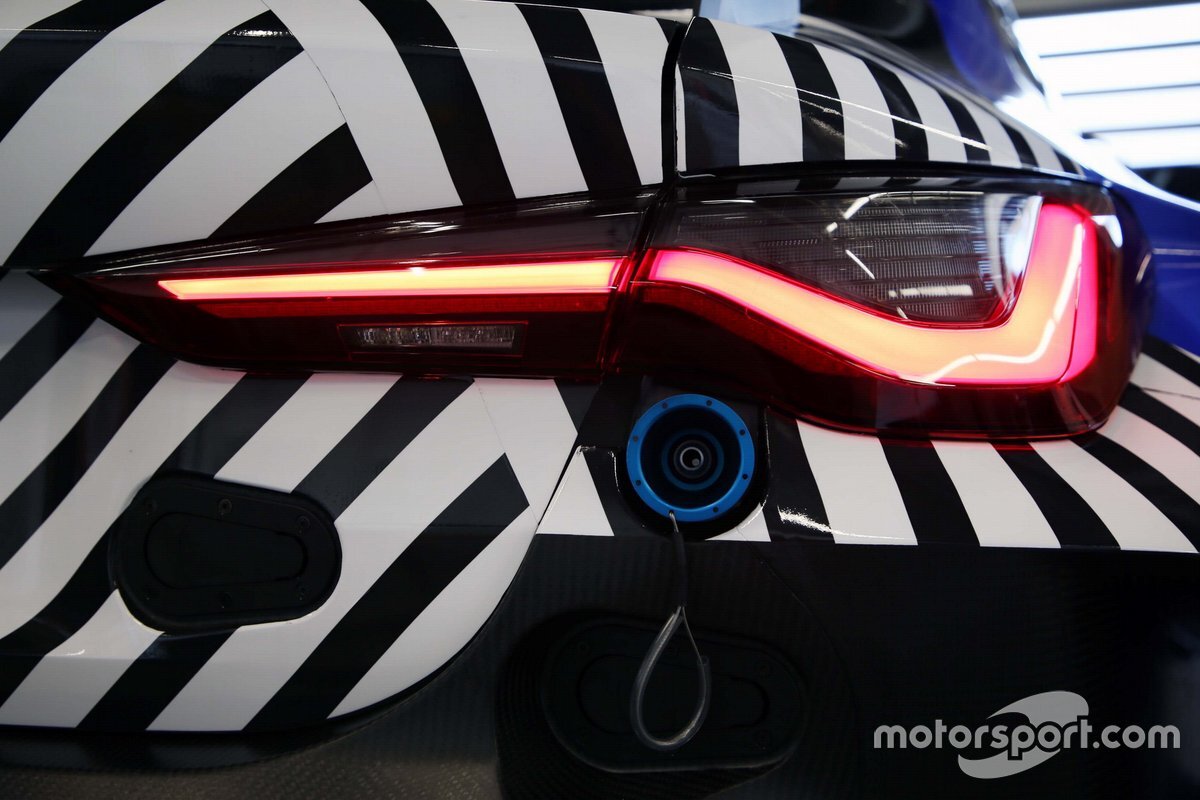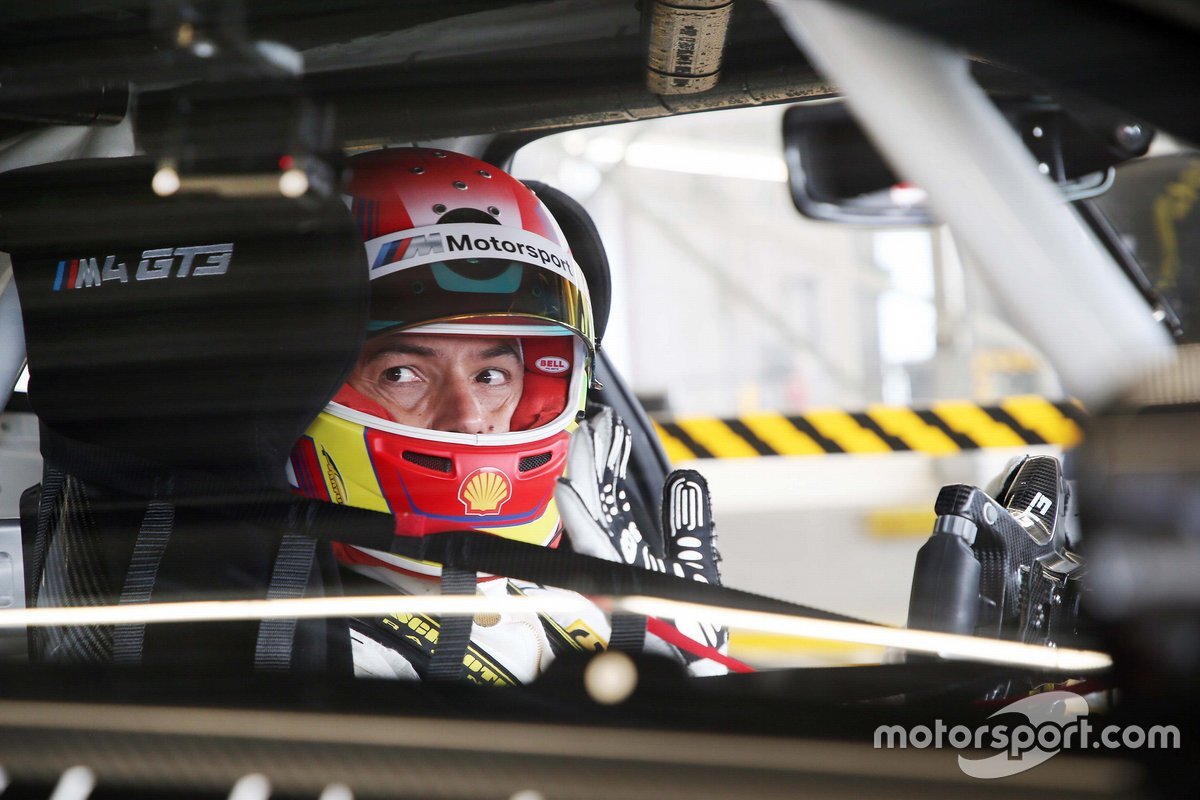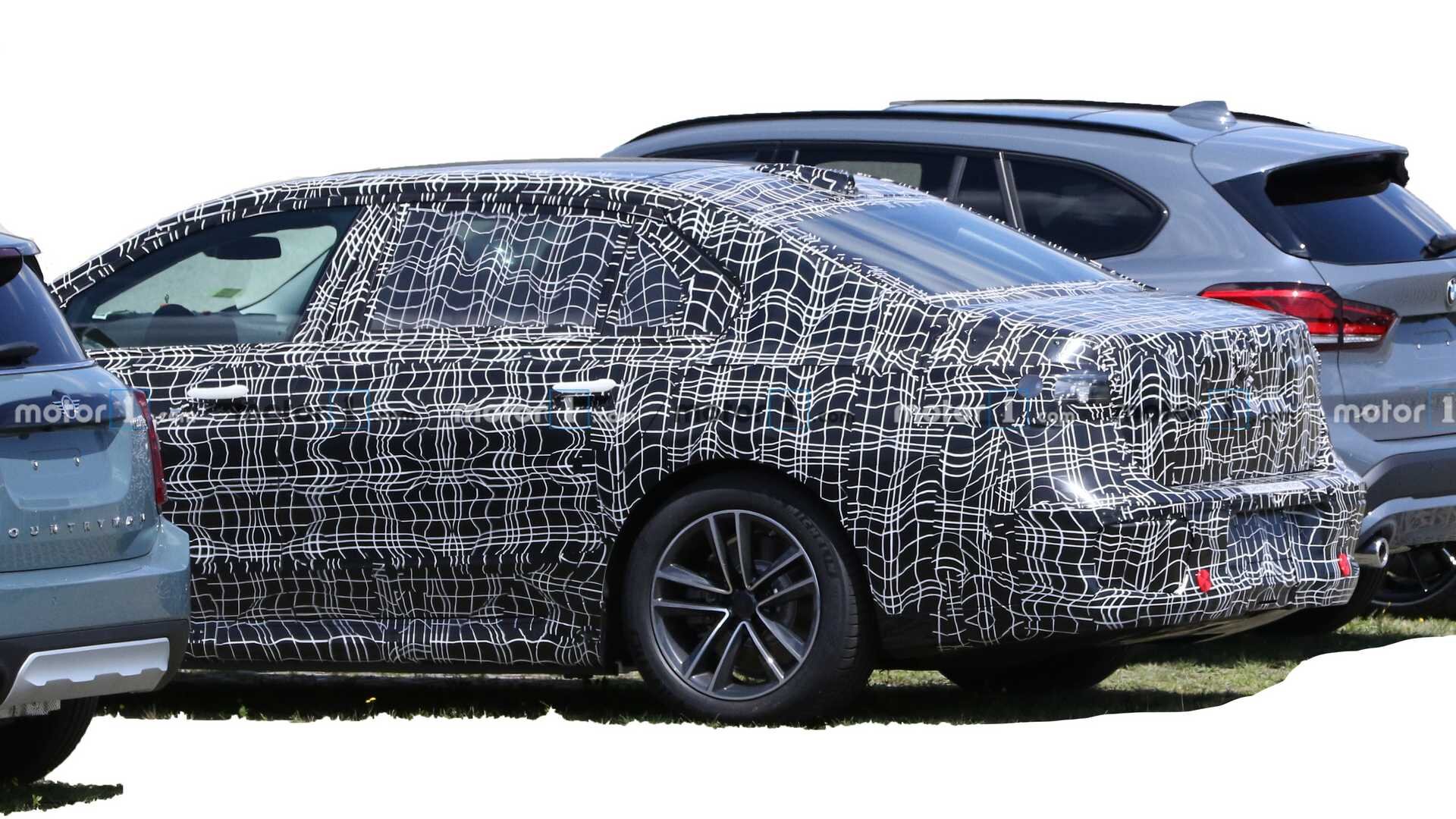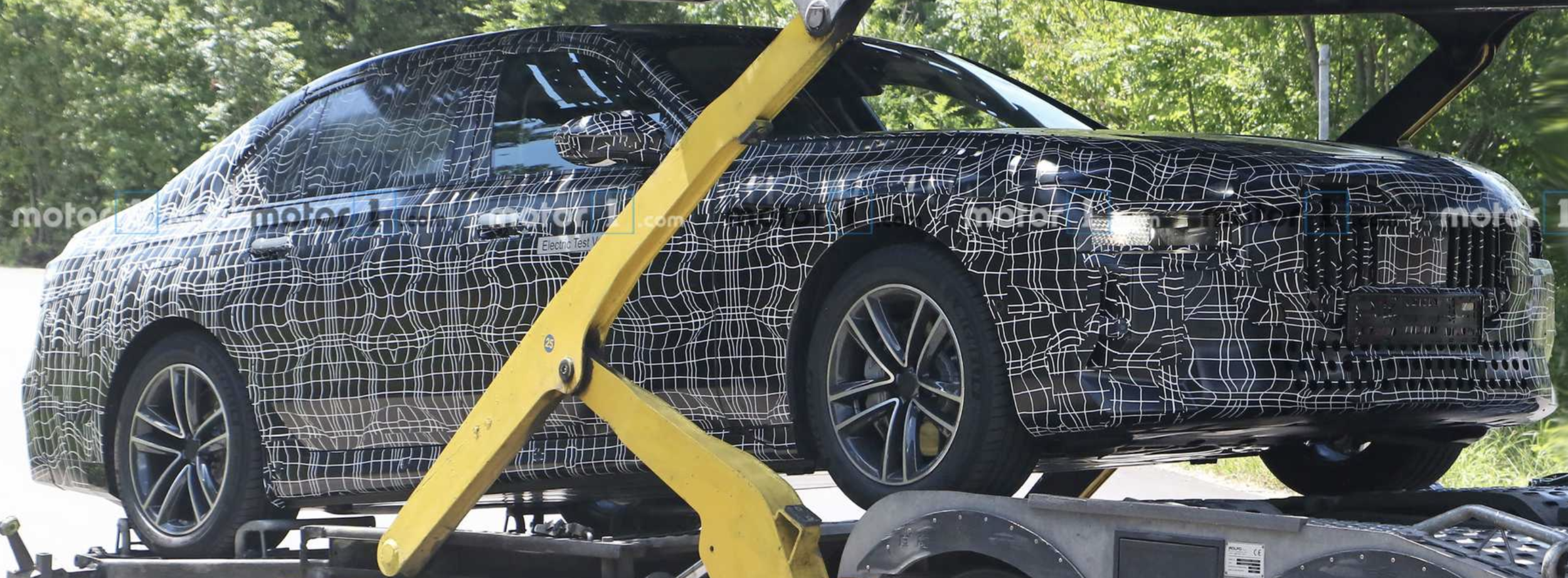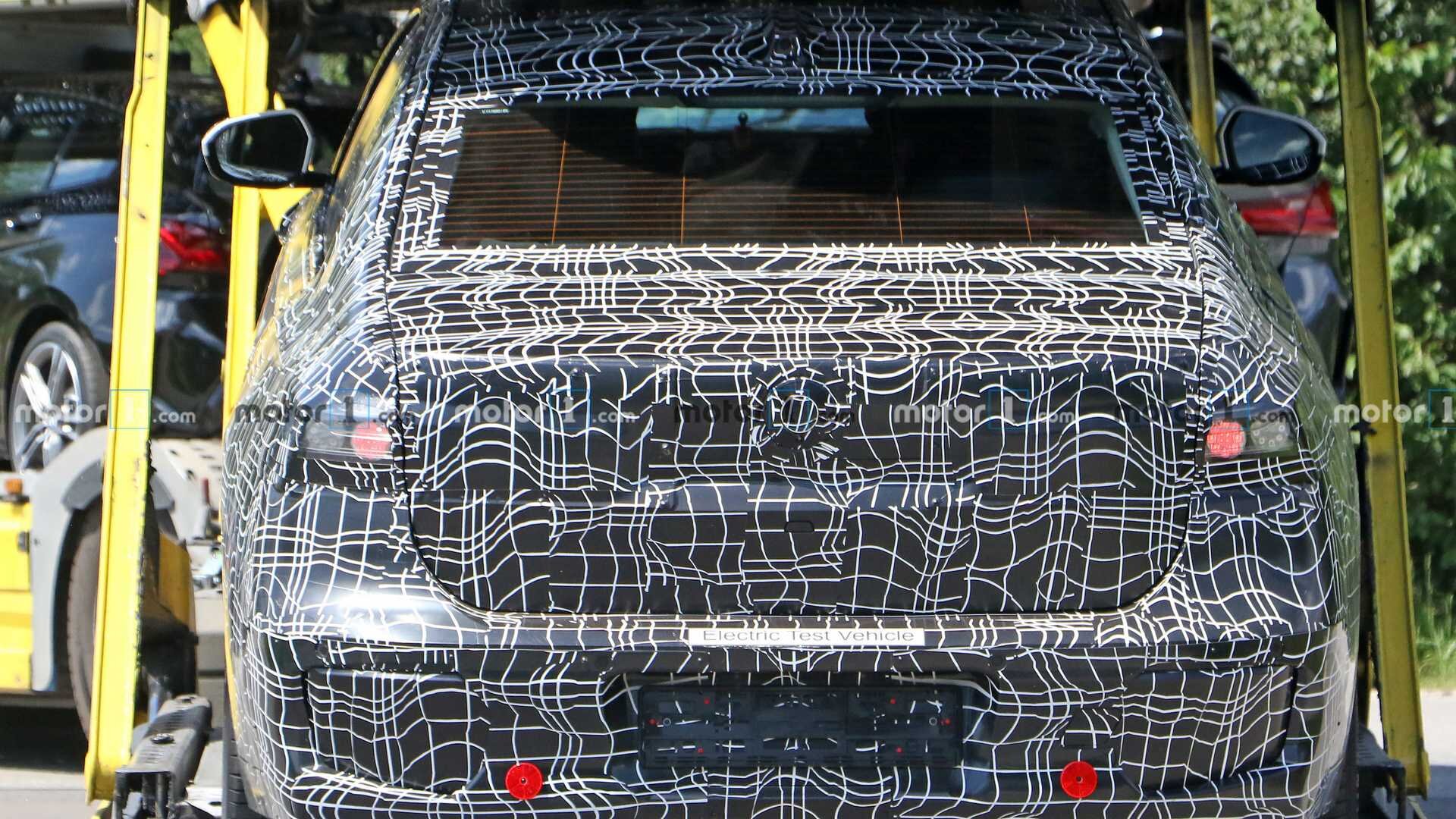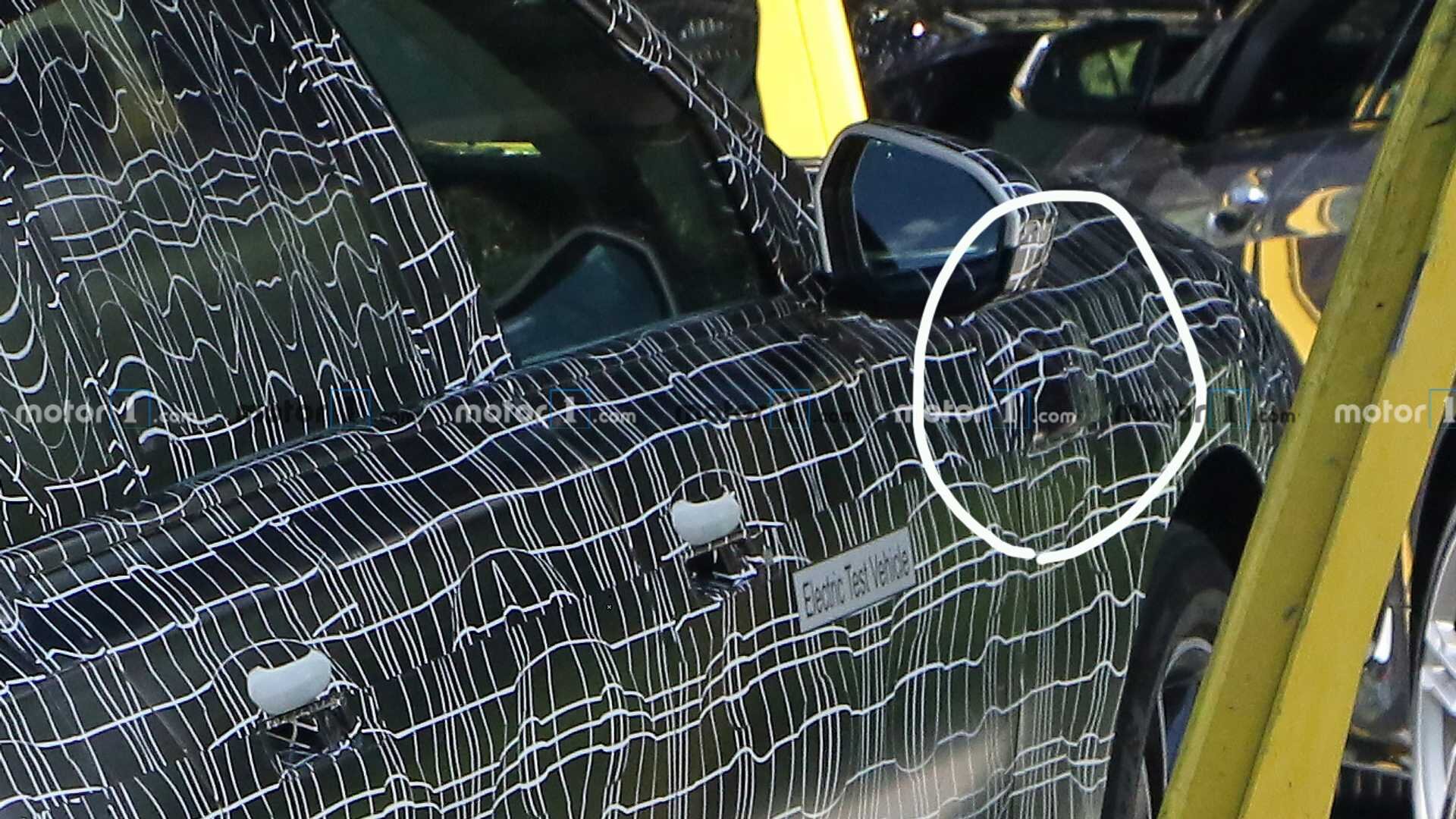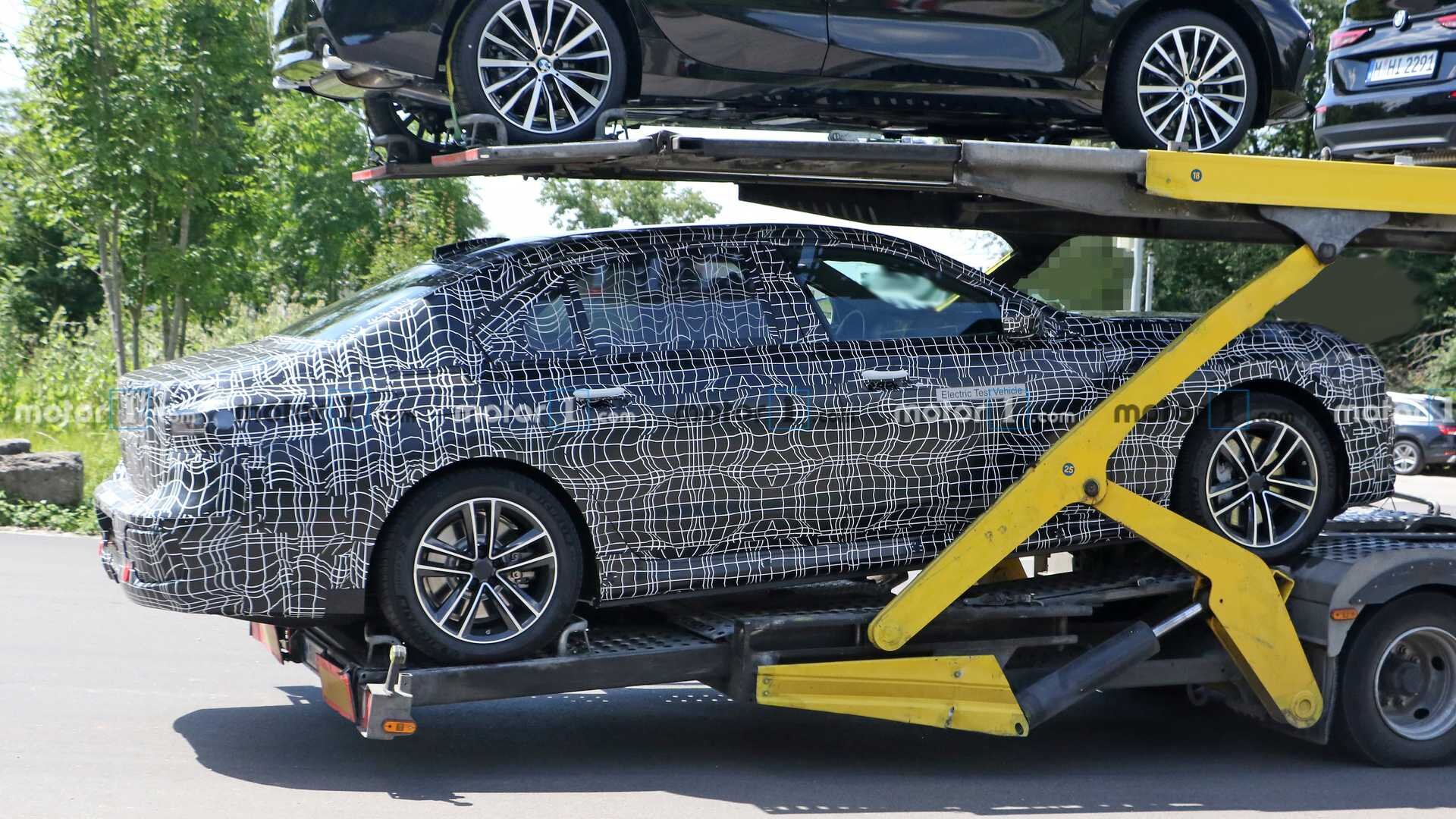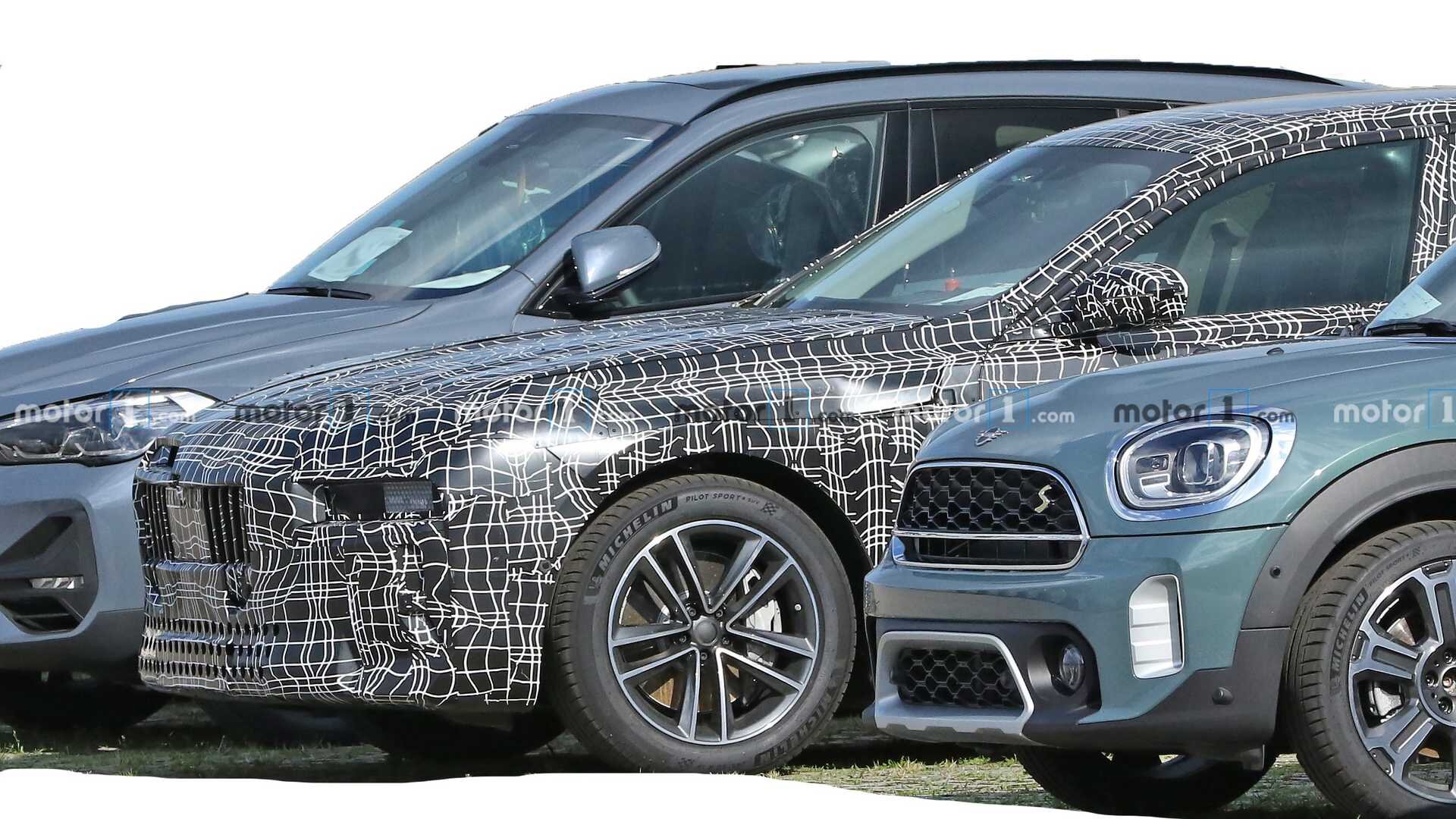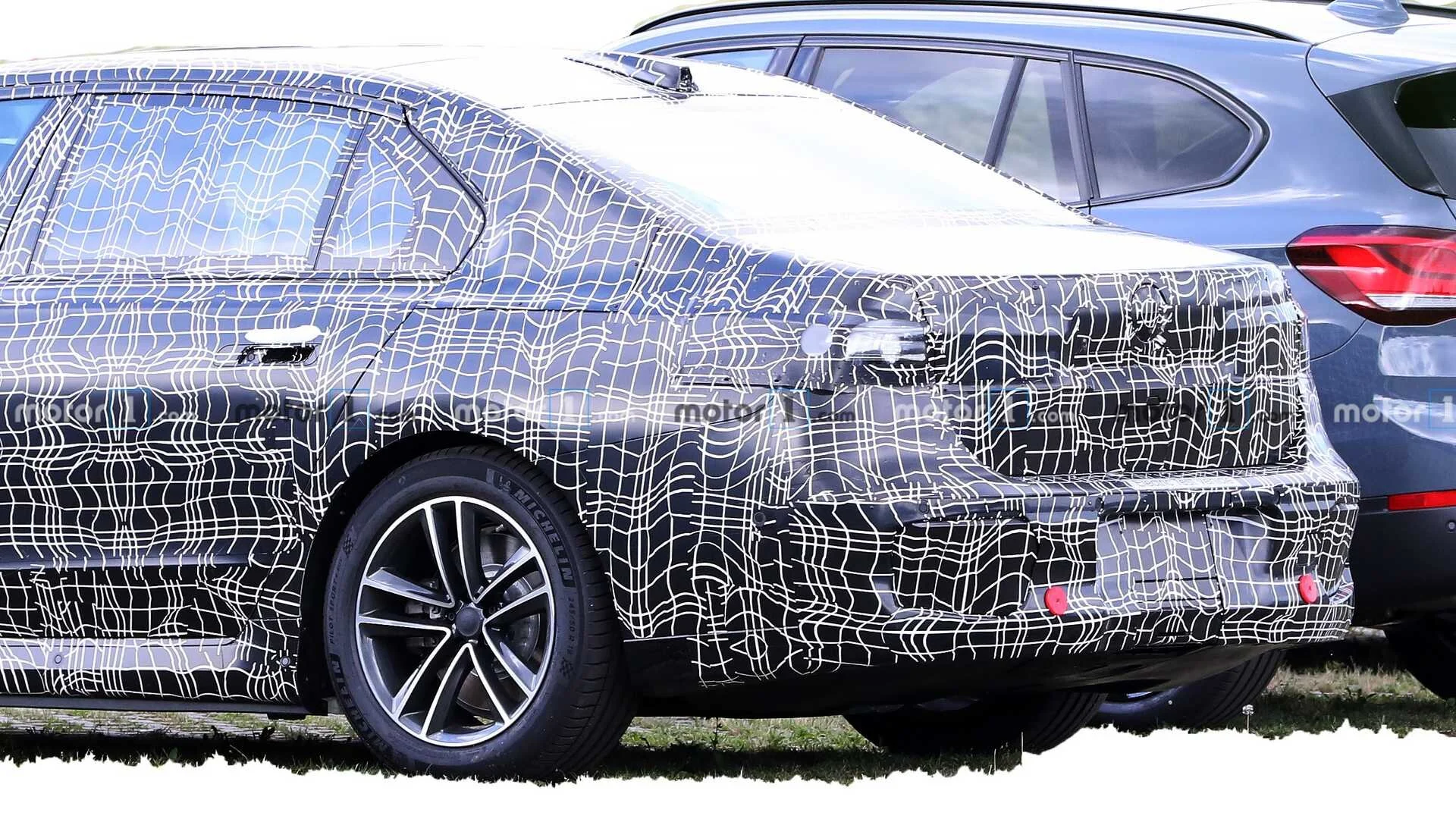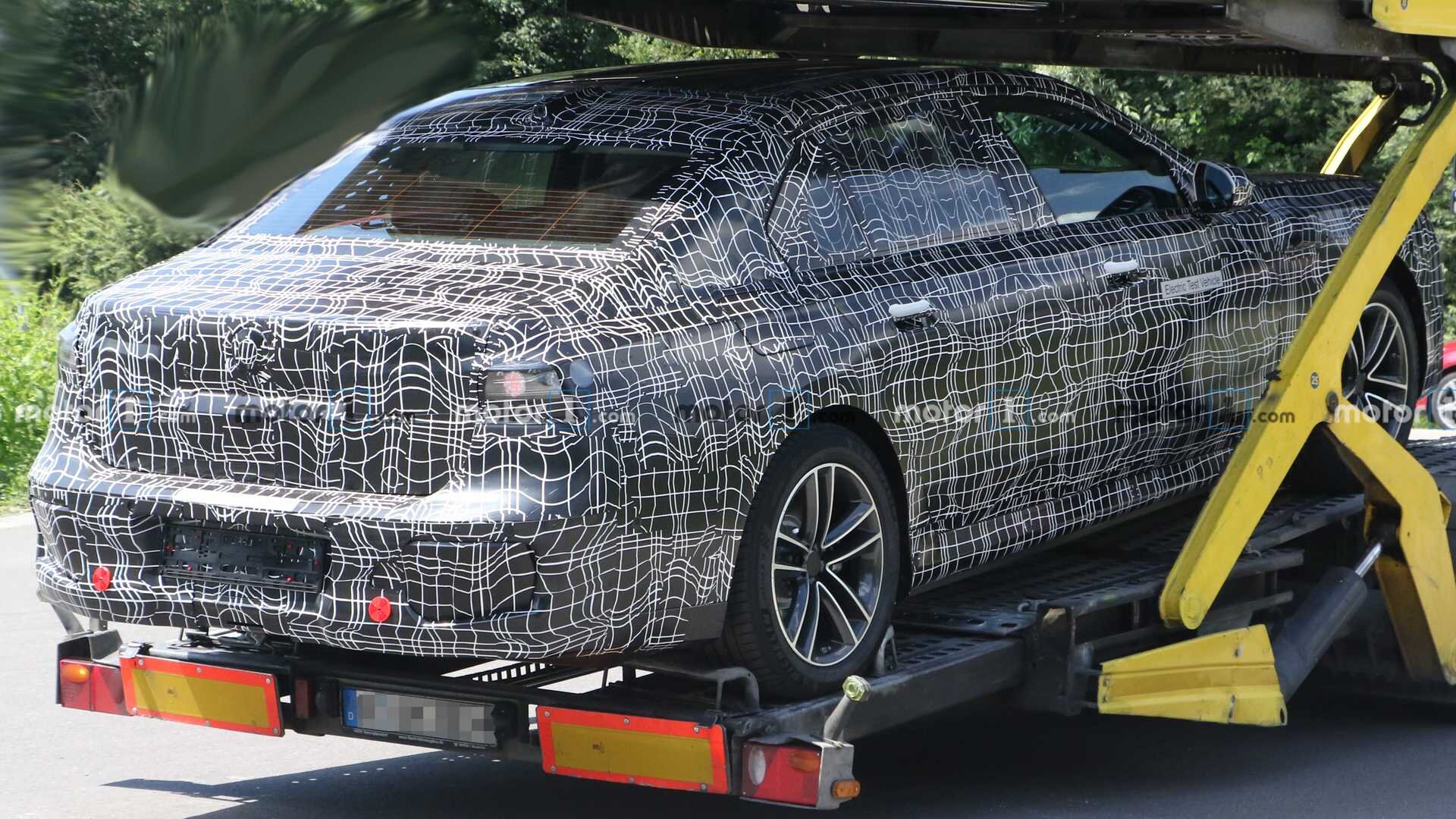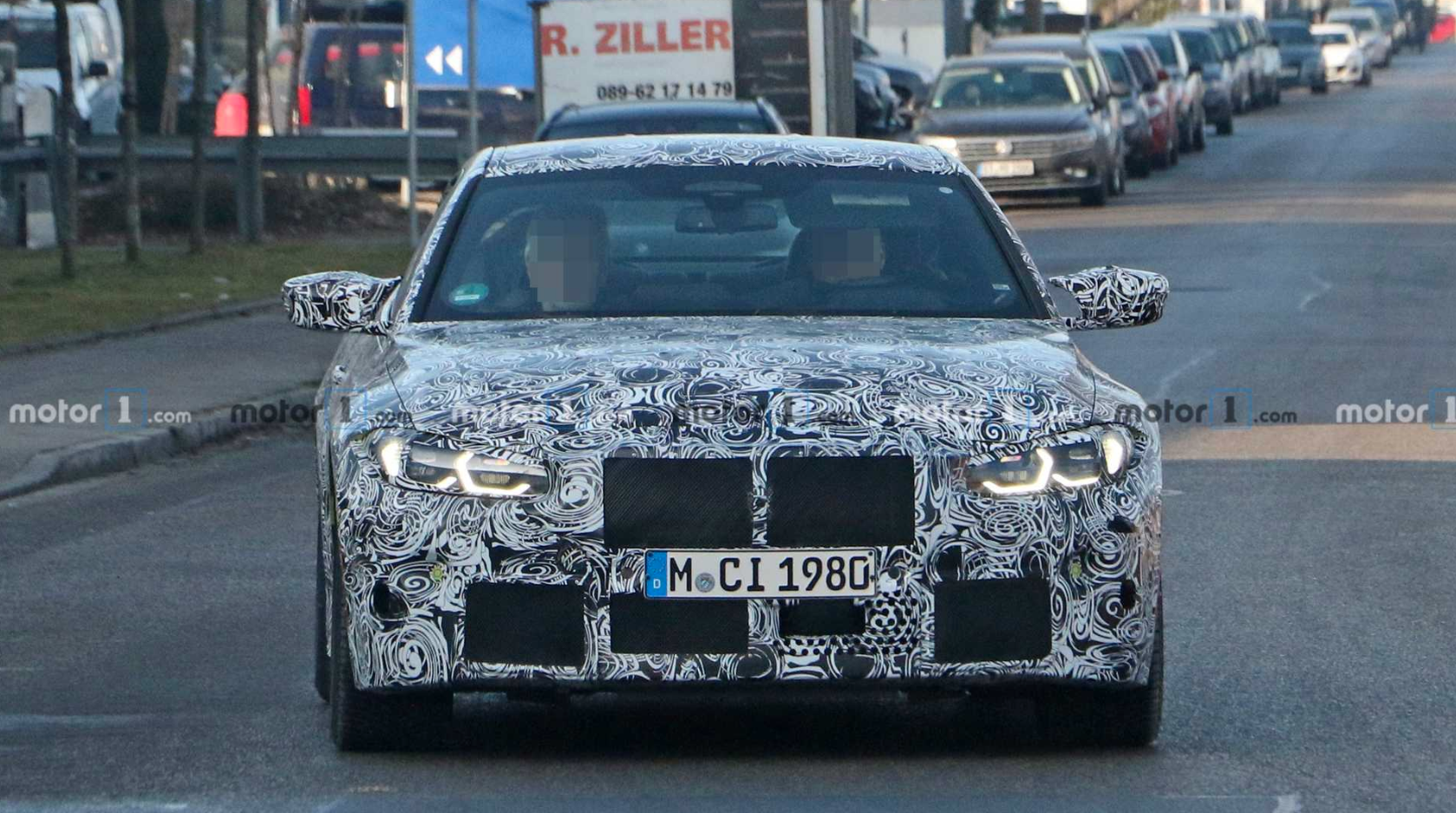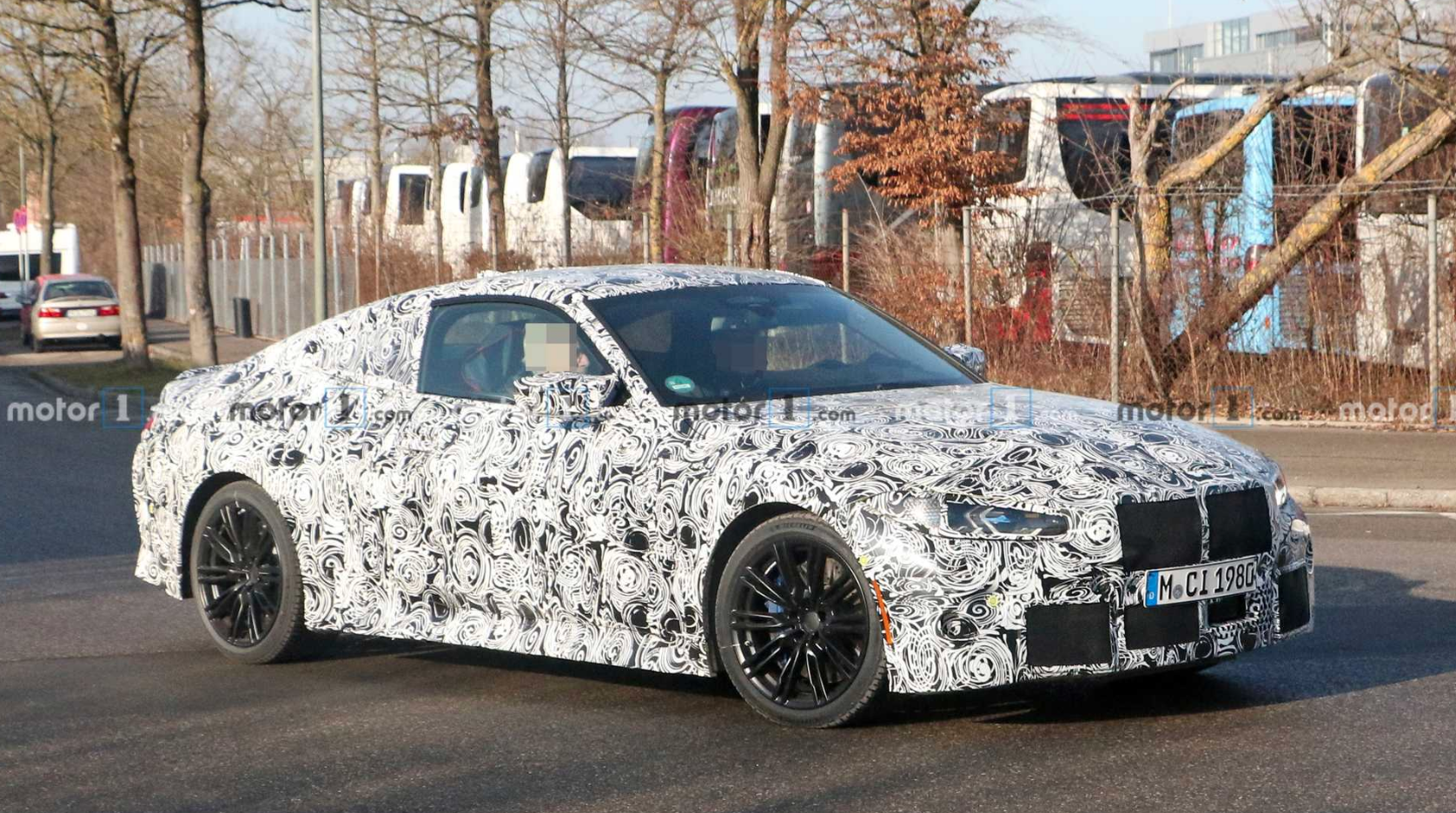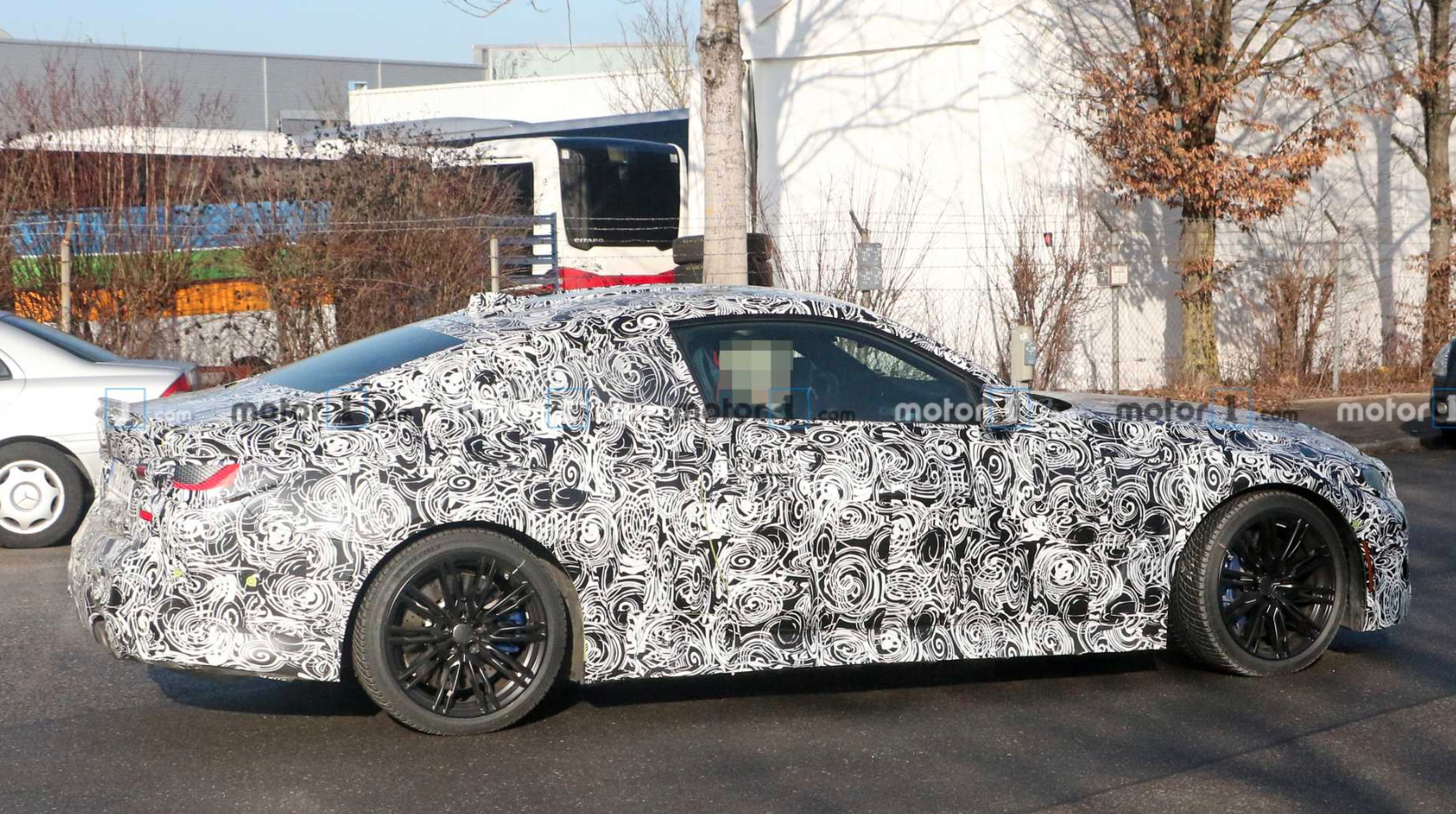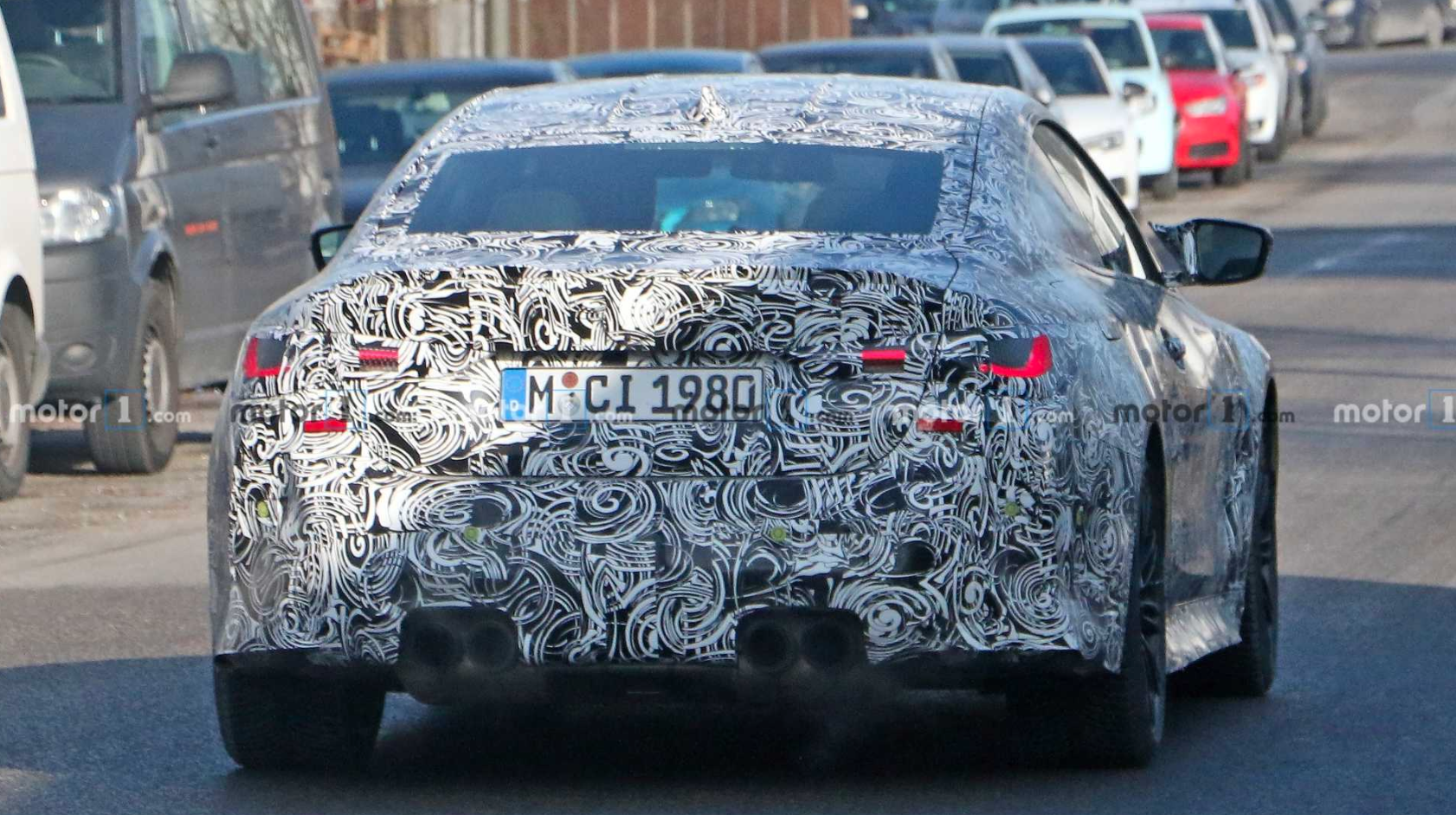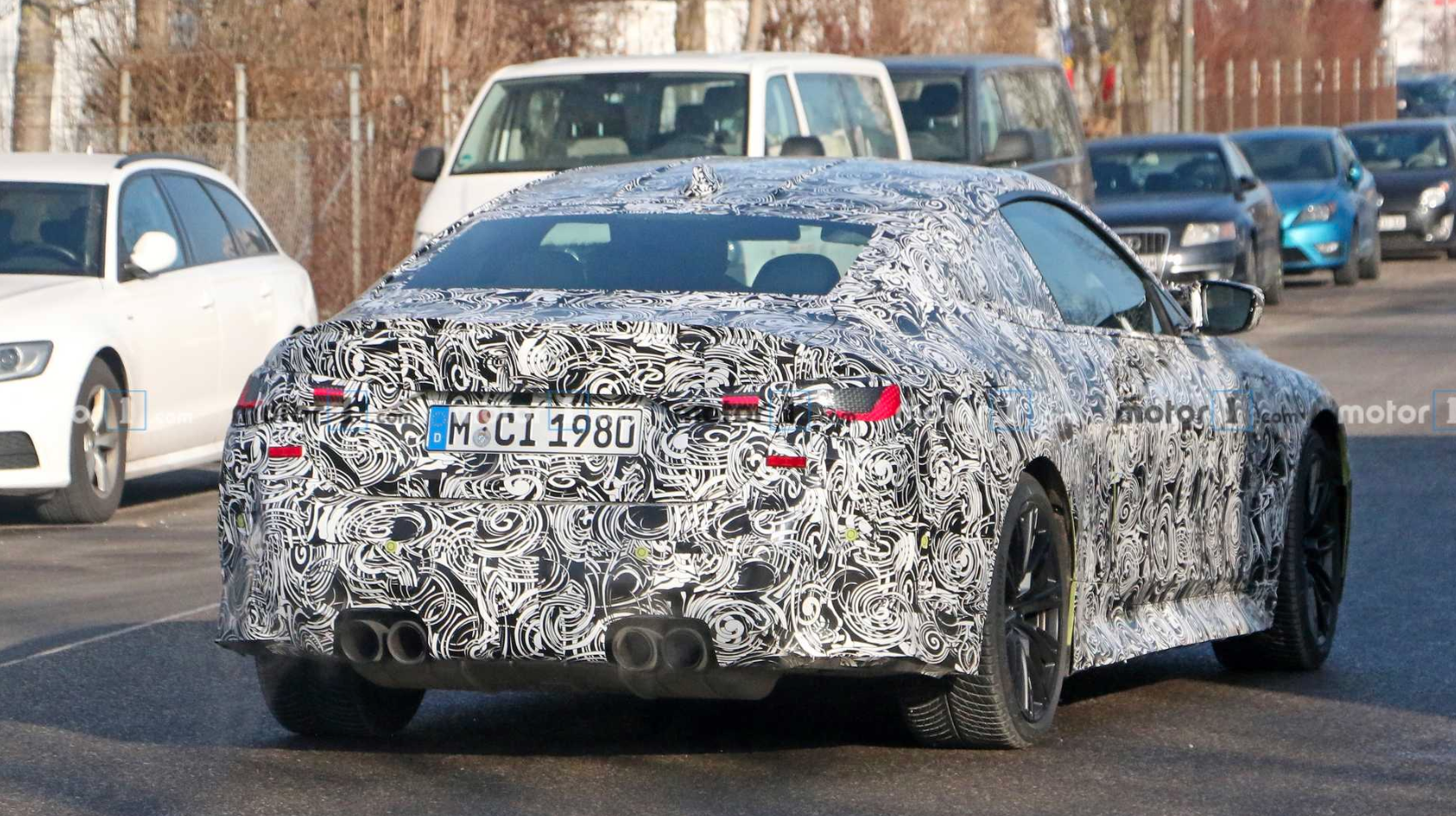The 2020 BMW X5 M and X6 M put up some impressive specs. Bavaria's latest big boys offer as much as 617 horsepower from a 4.4-liter, twin-turbo V8. Both can accelerate to 60 mph in under four seconds. And all of that happens while the driver and passengers are coddled in plush leather seats, surrounded by the best driver-assistance and infotainment technology BMW has to offer.
But there's a problem. And you've heard this one before. In their quests to be jacks of all trades, able to carry you and your family across the country in great comfort and run up on sports cars out on winding roads or, hypothetically, a race track, the X5 M and X6 M are in fact masters of none.
That's not to say there isn't a lot to like. The standard X5 and X6 on which these M cars are based are more luxurious and techy than ever, and they're some of our favorite contenders in their respective segments. For M duty, everything gets amped up, and that's immediately obvious when you see these SUVs for the first time. All bulgy and snarly, you absolutely will not mistake the X5 M or X6 M for lesser variants, what with their larger air intakes, wider fenders and massive 21- and 22-inch wheels.
As for tangible mechanical differences between the two models, there really aren't any. The X5 M is about 30 pounds heavier, but also offers more space for passengers and cargo. There are teensy-tiny differences in length, width and height, and the X5 M rides one single millimeter closer to the ground.
BMW will sell the X5 M and X6 M in standard and Competition trims, both of which use the same 4.4-liter V8 engine, which is a real doozy. In base guise, the V8 pumps out 600 hp and 553 pound-feet of torque, with Competition models getting an additional 17 hp. This engine is unrelenting in its power delivery, forcing you back in your seat as these behemoths accelerate to 60 mph in as little as 3.8 seconds. The eight-speed automatic transmission slaps up and down through the gears with a brapp from the exhaust, and the engine will happily rev its heart out. I love the feeling of standing on the throttle and launching these SUVs. It's as thrilling as it hilarious -- these 5,000-pound SUVs rocket off the line quicker than a whole bunch of smaller sports cars.
The X5 M and X6 M come standard with 21-inch wheels wrapped in 295/35 front and meaty 315/35 rear tires. Opt for the Competition model and those back rollers step up to 22s, with Michelin Pilot Sport 4S tires. This wheel-and-tire package proves to be both a blessing and a curse. Visually, the wheels look great, and both SUVs have a wide, planted stance when viewed from behind. There's a ton of grip available, too -- you can really carry a lot of speed through corners, knowing the tires won't give up.
The downside, however, is that the X5 M and X6 M don't exactly beg to be pushed through turns. The steering wheel itself is heavy in all the right ways when you activate Sport mode, but there's absolutely no feedback through the wheel, no sense of what's actually happening at road level. This reduces my confidence to really chuck these SUVs into a turn. I've had issues with BMW's recent steering systems, but the company seemed to be once again finding salvation with cars such as the new 8 Series. The X5 M and X6 M feel like a step backward, when I know BMW is capable of so much more.
Then there's the suspension itself. On pristine roads in Comfort mode, these SUVs ride like a dream, the huge wheels and relatively thin tires transmitting little vibration or harshness into the cabin. But on city streets and highways, the ride is brittle, with even small bumps being enough to jostle me in my seat. I'll admit, these impressions only apply to the Competition models, as that's all BMW had on hand for testing at its media drive program, but the damping rates aren't that different in the base versions. No matter the trim, the X5 M and X6 M uses BMW's rear-biased xDrive all-wheel-drive system.
I'd be more willing to forgive the harsh ride if it came at the expense of really great handling, but that's not what the X5 M or X6 M do best. Even in the sharpest Track drive mode, these SUVs really show their size while cornering. You genuinely feel every bit of the lumbering weight that you're throwing around, and the overall experience could stand to be better balanced. I'm not harping on the SUVs for this characteristic, either -- they're big, tall vehicles with high centers of gravity. No matter how sophisticated BMW's suspension tech is, the laws of physics still apply.
Speaking of Track mode, it's one of a few ways you can adjust the on-road demeanor of the X5 M and X6 M. In the standard Comfort setting, these SUVs are still rip-snorting good times, and perhaps most balanced in this default mode. BMW will let you alter the behavior of the powertrain, steering, chassis and even brakes, plus there are the across-the-board Sport and Track modes, which is an absolute ton of customization potential. In my experience, Comfort works the best for 95% of driving scenarios, while Sport will offer a bit more engagement (despite a harsher ride) if you're pushing your SUV along, say, twisty mountain roads. You can activate a Track mode by holding the M button down for several seconds, but I'm not really sure when you'd ever use this. Seriously, who's actually tracking one of these things?
No, these SUVs spend their days commuting through the suburbs, or blasting down one of Germany's unrestricted stretches of autobahn. And beyond the inherent performance of the X5 M and X6 M, these SUVs are well poised to make your daily life as easy as possible. Both SUVs have fantastic interiors, with high-quality leather surfaces and some of the best sport seats I've ever tested. Every bit of trim feels as good as it looks, and no one who buys one should ever want for comfort or convenience features.
BMW's latest iDrive 7 infotainment tech is on hand, just as it is in the standard X5 and X6, and the more I use this system, the easier I find the layout of its menu structure. The 12.3-inch digital gauge cluster is reconfigurable and changes based on drive mode, and the second 12.3-inch multimedia screen is bright, colorful and has crisp graphics and fonts. Apple CarPlay and Android Auto are now standard on all BMW models -- finally! -- and the X5 M and X6 M can be had with wireless charging, a Wi-Fi hotspot, connected-car services and more. All the usual driver-assistance features are here, too, though if you want BMW's Extended Traffic Jam Assistant, which combines adaptive cruise control and lane-keeping assist, you have to spec the $1,700 Driving Assistance Professional package.
That's pretty much chump change, considering I'm talking about SUVs that start at $107,095 for the X5 M and $110,595 for the X6 M, including $995 for destination and $1,000 for the gas guzzler tax. Competition models are a bit more dear, at $116,095 and $119,595, respectively. Without having tested the base versions, I can't tell you if the Competition upgrade is really worth it, though buyers in this segment do tend to exist in the more-is-more headspace. Really, you just have to pick the one you think looks better, which for me is the X5 M by a country mile. Plus, it's cheaper and more functional from a passenger- and cargo-space standpoint than the X6 M. Win-win.
I get that there's a market for these sorts of high-powered SUVs -- BMW has to have something to compete with the Mercedes-AMG GLE63s of the world, right? Yes, they're fast, and yes, they offer a boat-load of standard comfort and tech features. But consider this: A BMW X5 M50i or X6 M50i offers everything you could every want for a daily performance vehicle, but costs thousands of dollars less. Or heck, for almost half the price, you could buy a brand-new X5 xDrive40i, which is every bit as techy and comfortable and useful as an X5 M, while still being plenty great to drive and far more cosseting around town. Plus, then you can use the leftover cash to buy a BMW M2 Competition, which is one of the best two-door sports cars available today, and hey, it's something you can actually use on a track. Trying to cram the best of both worlds into the X5 M and X6 M results in a pair of potent performers, but even with 600 hp, there are still some compromises to be made.


















